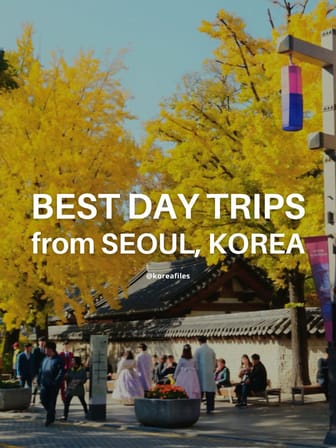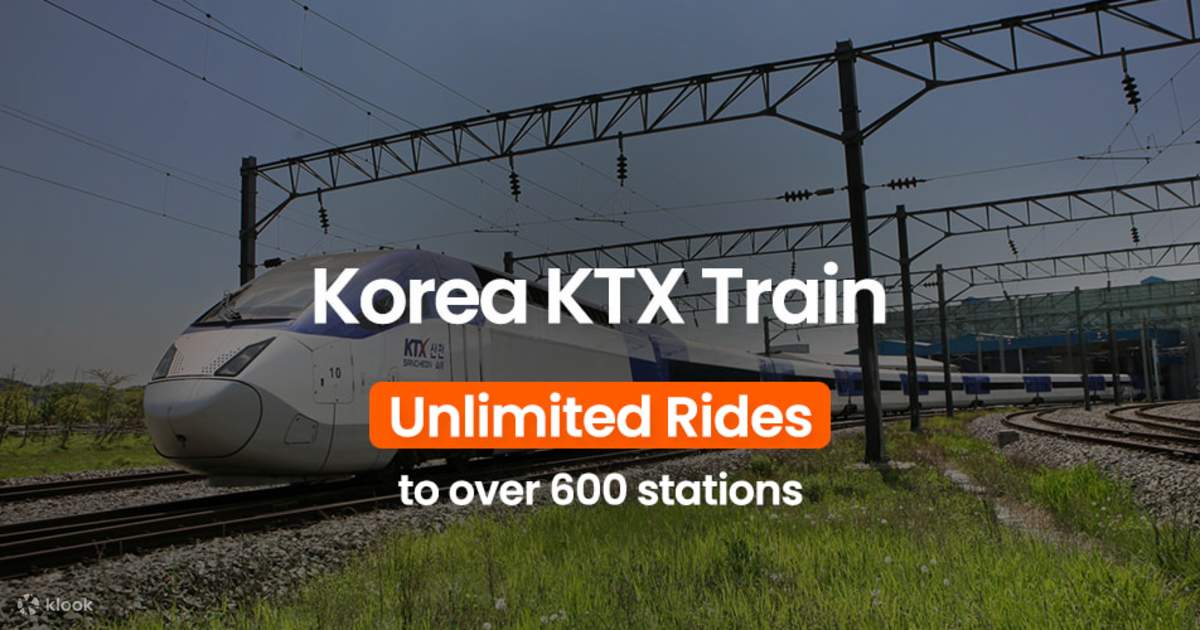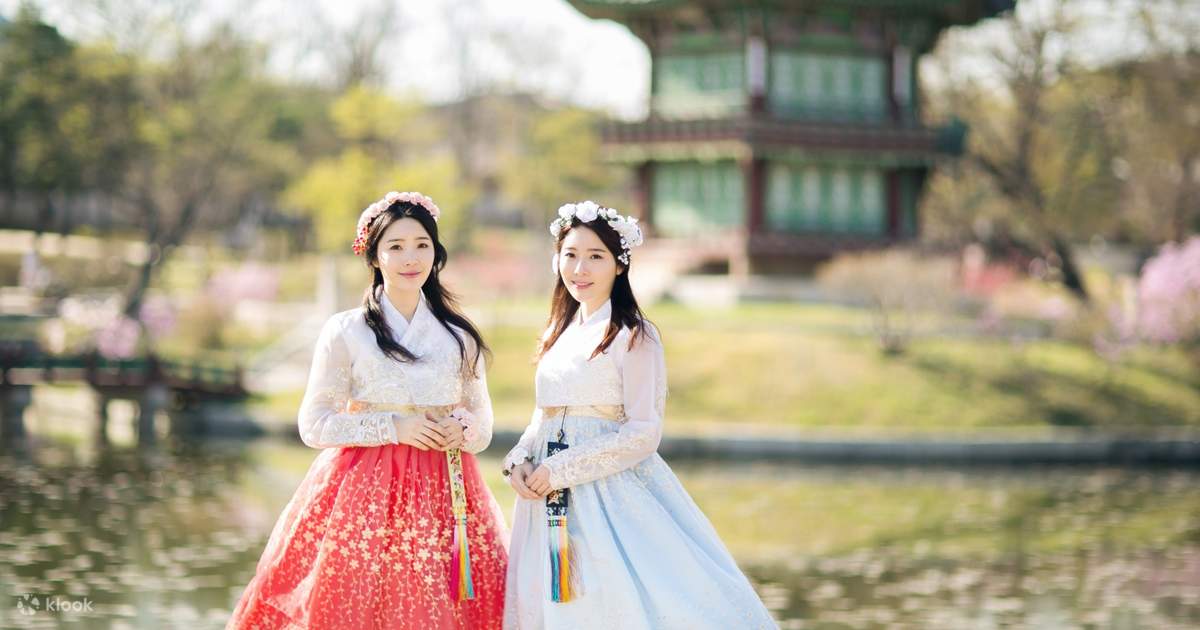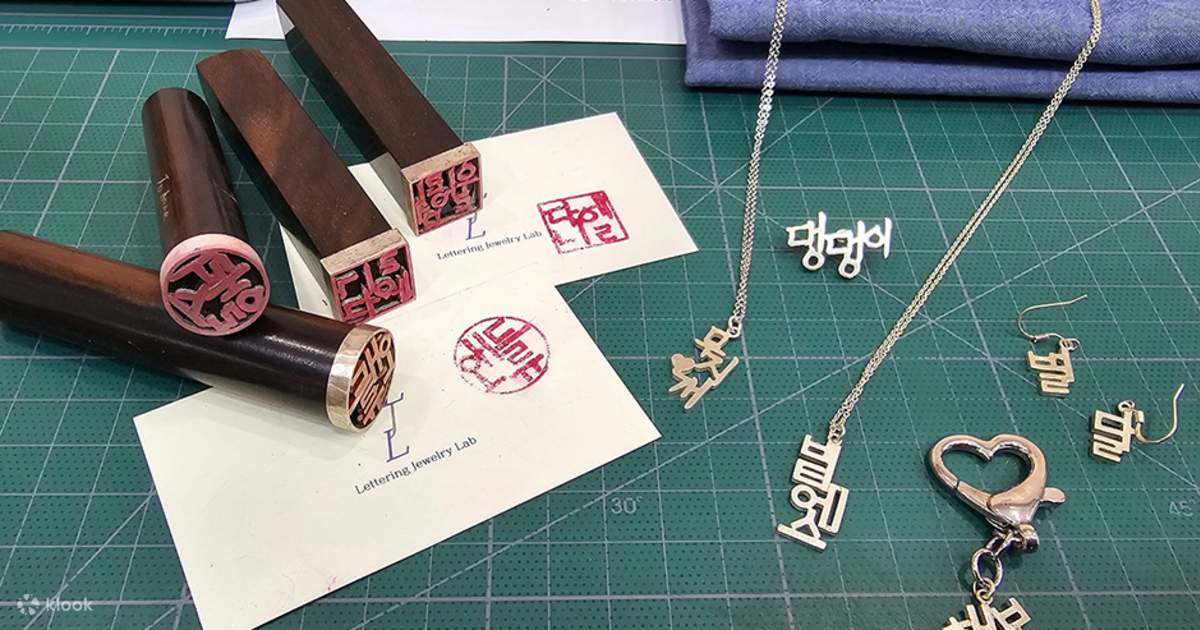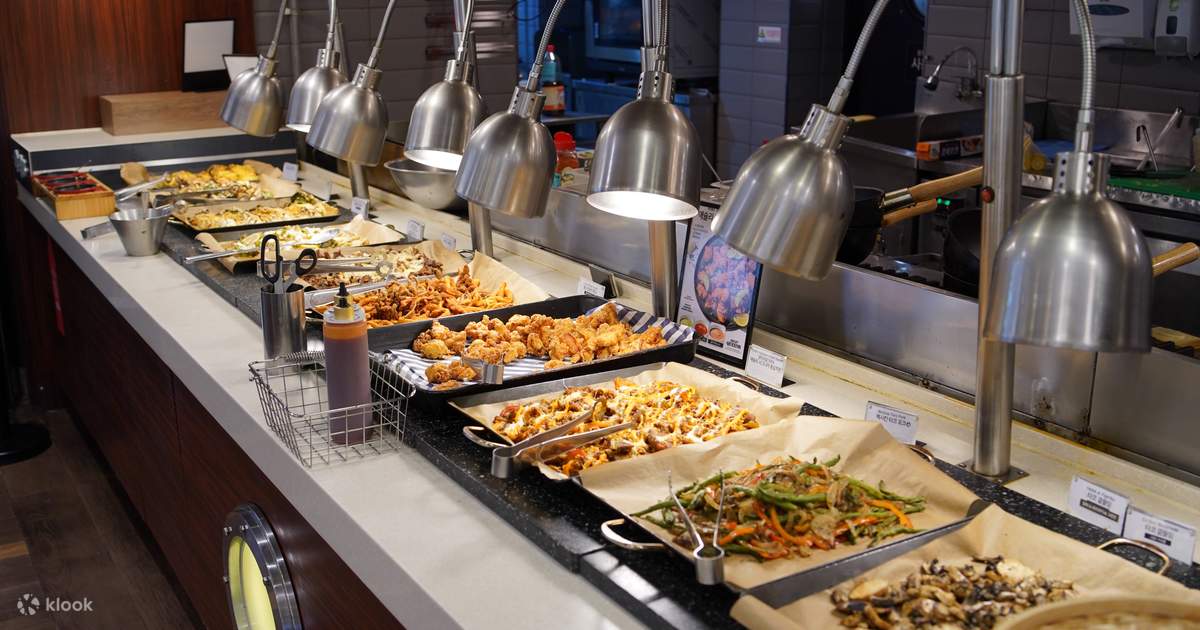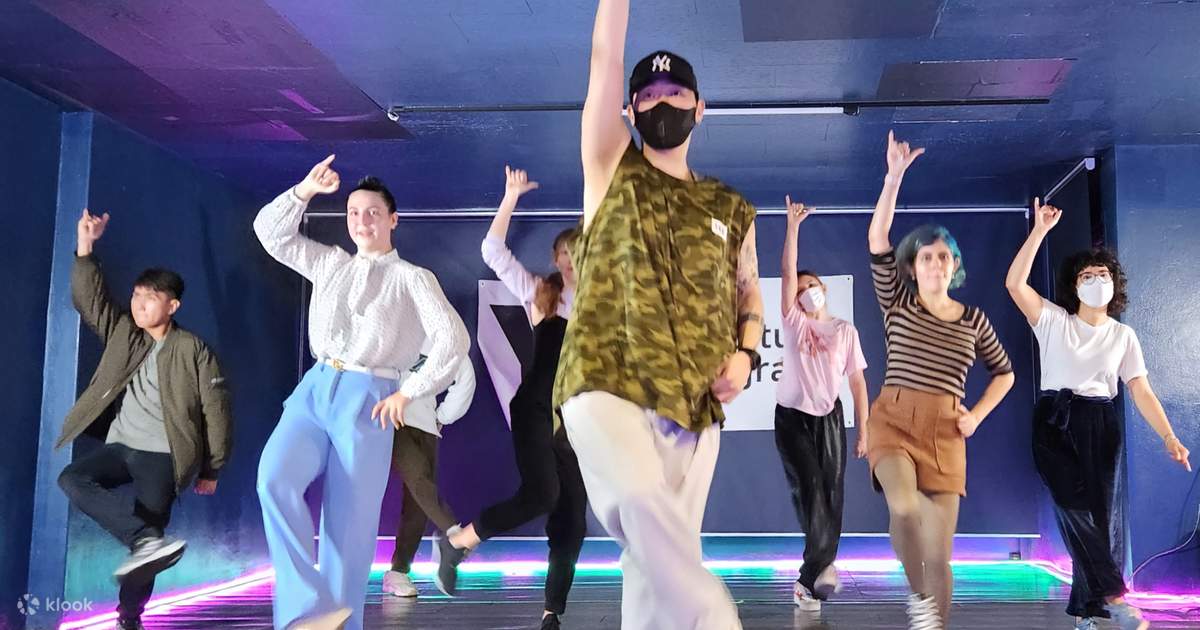Free KOREA Travel Guide: All You Need To Know
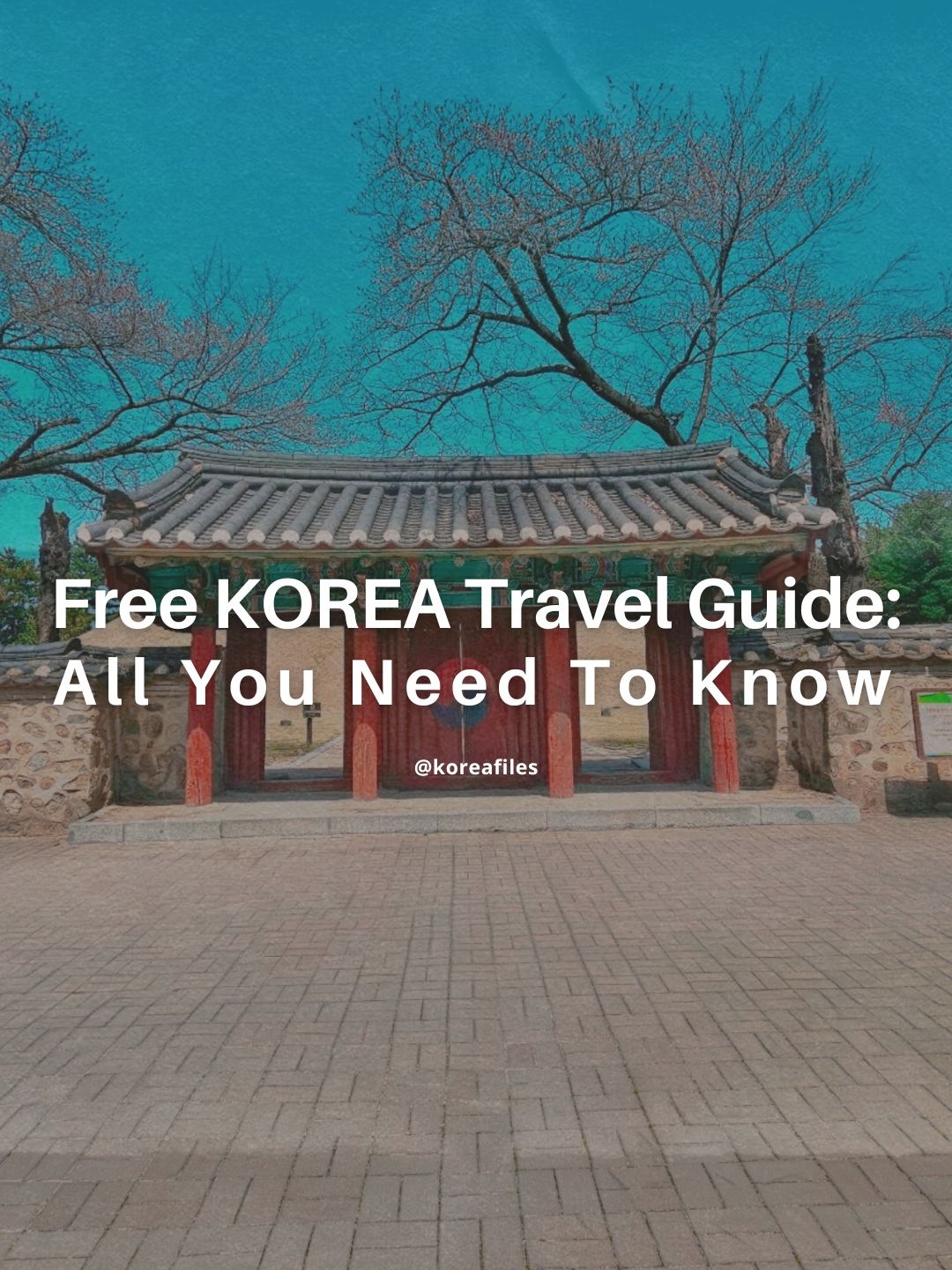
1. Travel Planning
🛂 Visa
Visa Requirements
Foreigners entering Korea must have either K-ETA or Visa. If you are not sure if you are from a country that needs to obtain a visa before traveling to Korea, you may check it using the website below ⬇️
Make sure to:
1️⃣ Check for visa requirement based on the nationality of your passport. This information is usually provided by the Korean Embassy located in your country.
2️⃣ If a visa is required, you must apply for a visa based on the purpose of your visit.
3️⃣ Entrants with a visa waiver must apply for K-ETA and receive approval 72 hours prior to departure.
Visa Application Mistakes to Avoid:
📁 INCOMPLETE DOCUMENTS
Ensure all required documents, like application form, passport and financial statements, are complete and up to date. Familiarize yourself with current visa requirements and regulations. Each country may have specific rules, so stay updated to avoid surprises. Again, check with the Korean embassy in your country for the list of required documents that you need to submit.
⏳ APPLYING TOO LATE
Apply for your visa well in advance to account for processing times and potential delays. Rushing can lead to unnecessary stress. It is recommended to apply at least 2-3 months prior to your desired travel date.
✍🏻 INCOMPLETE APPLICATION FORM
Fill out the latest visa app form, ACCURATELY and TRUTHFULLY. Double-check for any errors or omissions before submission. Make sure that you also use the correct paper size when printing.
💰 INSUFFICENT FINANCIAL PROOF
For some, providing financial proof of capacity is required. Make sure to provide clear evidence of your financial stability and ability to cover your travel expenses. Bank statements, income and tax certificates are crucial. There is no specific amount required but as a rule of thumb in applying for travel visas, it is advisable to have at least $100 per day of intended stay in Korea (excluding flights and hotel) and add a buffer to your bank account balance.
⚠️ MISSING SPONSORSHIP DETAILS
If sponsored, include complete details of your sponsor and their financial support. Attach supporting documents to validate the sponsorship and their financial proof of capacity.
❌ OVERSTAYING IN PREVIOUS VISITS
If you have visited Korea before, ensure you did not overstay your previous visa. Overstaying can affect future visa applications. The Korean embassy usually provides a reason for denial, and reapplication is only allowed after 6 months. So make sure that you have a strong visa application on your first try!
Multiple-entry Tourist Visa to Korea
In my decade-long journey of traveling, studying and living in Korea, I’ve applied for tourist visa multiple times and three of those applications, I was twice granted a multiple-entry (ME) visa, valid for 3 years and 5 years. The key document I submitted was a cover letter requesting an ME visa. This is not required but it might help to strengthen your visa application.
Here's wha to include in your cover letter:
1️⃣ SELF-INTRODUCTION
Intorduce yourself and state your intent to request a multiple-entry visa to Korea. Include your full name and passport no. too.
2️⃣ NO. OF KOREA TRIPS
Although I was approved for an ME visa on my first application, it’s advisable to request an ME visa if you’ve previously traveled to Korea. But you can also shoot your shot like I did on my first try!
3️⃣ YOUR TIES TO KOREA
4️⃣ PURPOSE OF YOUR ME VISA REQUEST
5️⃣ TRAVEL HISTORY
List all foreign countries you’ve visited and your upcoming trips.
6️⃣ FINANCIAL CAPACITY
Mention how you will support your travel. Include your source of income or annual salary and state that you are providing bank statements, bank certificates, payslips and ITR (if available).
Disclaimer: Visa approval is solely at the discretion of the Korean Embassy in your country, & submitting a request letter does not guarantee approval.
Still not sure how to write your own ME visa request cover letter? See my FREE downloadable template below and just change the highlighted parts ⬇️
🗓 Best Time to Visit Korea
South Korea experiences 4 distinct seasons: Autumn, Winter, Spring, and Summer. Understanding each season can help you plan your trip and book flights and accommodation in advance, saving on costs.
🍂 AUTUMN (September to November)
Autumn is one of the best times to visit Korea. The weather is cooler and drier, yet still warm and sunny. The highlight is the changing foliage, with leaves turning stunning shades of orange, red, and yellow. Perfect for sightseeing, hiking, and taking thousands of photos!
❄️ WINTER (December to February)
Dreaming of a winter wonderland? Despite the freezing cold, winter in Korea offers some of the best experiences, especially for those from tropical climates. Enjoy skiing and snowboarding at various resorts equipped for all skill levels. With temperatures dropping as low as -20°C, make sure to pack warm clothes, including a padded coat to avoid multiple layers.
🌸 SPRING (March to May)
Spring in Korea is a visual treat with cherry blossoms painting the landscape pink. The weather is similar to late autumn, but with occasional rain. It’s the perfect season for Cherry Blossom Festivals. However, be prepared for yellow dust by carrying a mask.
Check out my Curated Cherry Blossom Shop and get up to $10 OFF for spring tours and activities!
🌞 SUMMER (June to August)
Summer in Korea is warm, often accompanied by monsoon rains. The hot and humid weather can reach up to 40°C. July and August see the heaviest rainfall, so plan accordingly to avoid getting soaked. Despite the humidity, summer is great for beach activities. Popular beaches include those in Busan, Jeju Island, Gangneung, Sokcho, and Boryeong. Check the weather forecast to plan your beach outings strategically.
You can also check out these activities that you can do during rainy and snowy days in Korea ⬇️
For the best #ootds, consider autumn or spring. If the cold doesn’t bother you, winter is magical. And for sun and fun, summer is ideal. Each season has its unique charm. Truly, Korea is a destination for all seasons!
I posted a poll on Instagram asking people which season appeal the most to them, you may see their responses here:
🗺 Korea Itinerary
Once you already have a visa and have decided which month to visit, next thing to do is to draft your travel itinerary. Even if you want a spontaneous travel to Korea, it would still help and might save you some travel funds if you plan your itinerary in advance.
Tips in Planning Your Itinerary
1️⃣ PLAN AHEAD BUT STAY FLEXIBLE
2️⃣ PRIORITIZE YOUR MUST-SEES
Make a list of your must-visit spots and prioritize them. Don’t try to do everything—focus on what’s most important to you.
3️⃣ STAY CENTRAL
Work on your itinerary first before booking your accommodation. Then choose the ones that are near major rail lines or city centers to reduce commuting time and maximize your sightseeing.
4️⃣ CHECK FOR FREE CULTURAL EVENTS
Korea offers many free cultural events and festivals throughout the year. Look for performances at parks, palaces, or cultural centers.
5️⃣ BOOK TOURS & TRAVEL ESSENTIALS IN ADVANCE
Once you have identified the places that you want to visit and tours that you wish to join, book them in advance. For popular attractions or tours, this saves time and guarantees your spot. I highly recommend using the Klook app for your travel essentials such as WiFi, car rental, tours, etc.
🎁 Here's your gift from me: Get up to 5% off when you use the code: 𝗞𝗢𝗥𝗘𝗔𝗙𝗜𝗟𝗘𝗦𝗞𝗟𝗢𝗢𝗞
Sample Itineraries
Here are samples of my detailed and ready-made itinerary:
🎬 FOR KDRAMA FANS
🎙️ FOR KPOP FANS
🥇FOR FIRST-TIME TRAVELERS TO KOREA
If you are neither a Kdrama or Kpop fan, you can also check out my pre-made Korea itinerary for first time travelers. It covers the following:
✅ 45 Must-Visit Places for First Time Travelers to Korea covering 9 Seoul Districts and 2 Provinces
✅ 20 Highly-rated Restaurants and Coffee Shops
✅ 20 Shopping Destinations
✅ Day-to-Day Itinerary with Interactive Map
✅ Discounted Tours and Travel Essentials
✅ Highly-rated Hotels Based on Your Budget
🇰🇷 ULTIMATE KOREA TRIP: 6 Cities | 16-Day Itinerary
✅ 110+ Must-Visit Places in Korea covering 6 Cities (Seoul + Paju, Suwon, Gyeongju, Busan, Jeju)
✅ 50+ Highly-rated Restaurants and Coffee Shops
✅ 25+ Shopping Destinations
✅ Day-to-Day Itinerary with Interactive Map
✅ Transportation Guide & Tips Between Cities
✅ Discounted Activities, Tours and Travel Essentials
✅ Highly-rated Hotels Based on Your Budget
Custom Itinerary
I can even custom your itinerary within and outside of Seoul so you don't have to do it yourself ⬇️
🏨 Accommodations in Korea
Here are smart ways to find cheap yet good accommodation in Korea.
1️⃣ BOOK IN ADVANCE
One of the key tips for finding cheap yet good accommodation in Korea (or anywhere) is to book in advance. Reserving at least 3 months before your travel date can save you a lot. This way, you have more options that are cheaper than last-minute bookings. Choose accommodations with free cancellation policies for flexibility.
2️⃣ USE BOOKING SITES/APPS & READ REVIEWS
By using booking apps and websites, you can filter by location, price range, facilities, and amenities. You can also read reviews to ensure a place is as good as its description and pictures. Reviews from previous guests help you decide where to stay. Sort the reviews to see the most recent and worst ones. This will help you manage your expectations. Of course, you want your expectations exceeded, not disappointed.
3️⃣ CONSIDER YOUR ITINERARY
Consider your itinerary when choosing a place to stay. Staying in touristy areas can be more expensive than less popular neighborhoods, especially in Seoul. However, if you plan to visit tourist spots, staying nearby can save you commuting time (and energy). For first timers in Seoul, I suggest staying in:
✔️ Myeongdong
✔️ Hongdae
✔️ Itaewon
They are easily accessible, offer more and cheaper options, and closed to famous attractions. But note that they can be crowded too.
To save time searching, I listed some of the highly-rated accommodations that you can book in these areas.
MYEONGDONG
Less than $50 per night
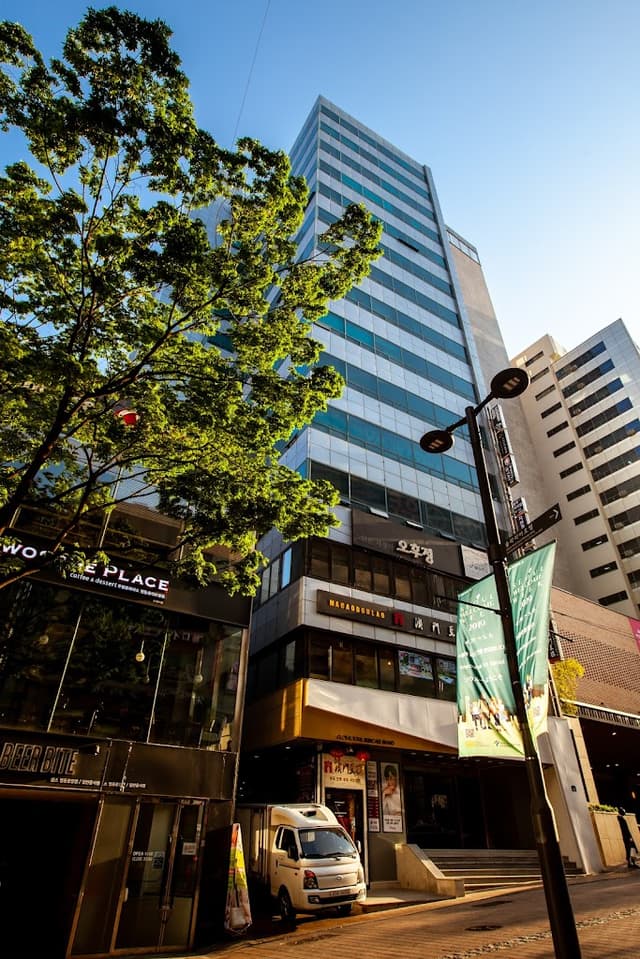

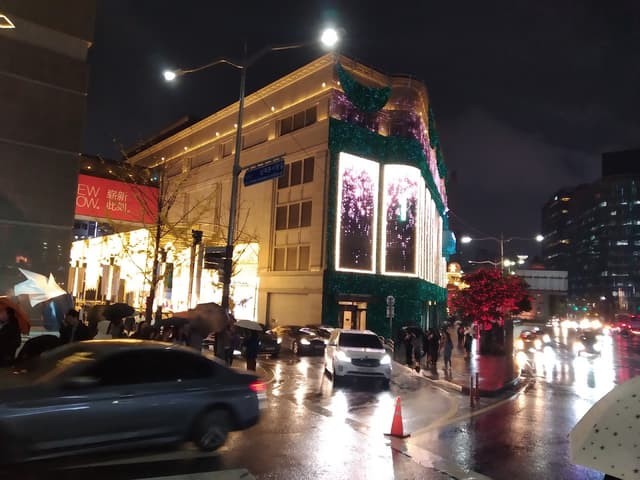

$50 to $100 per night
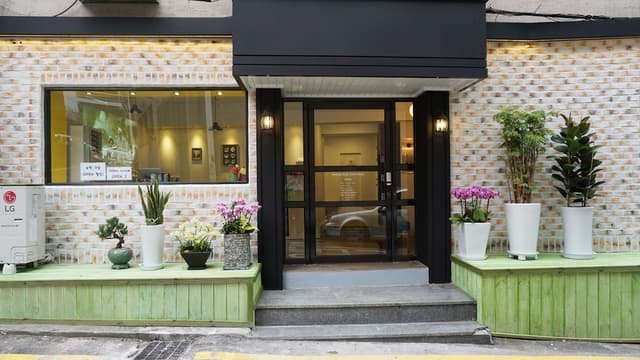
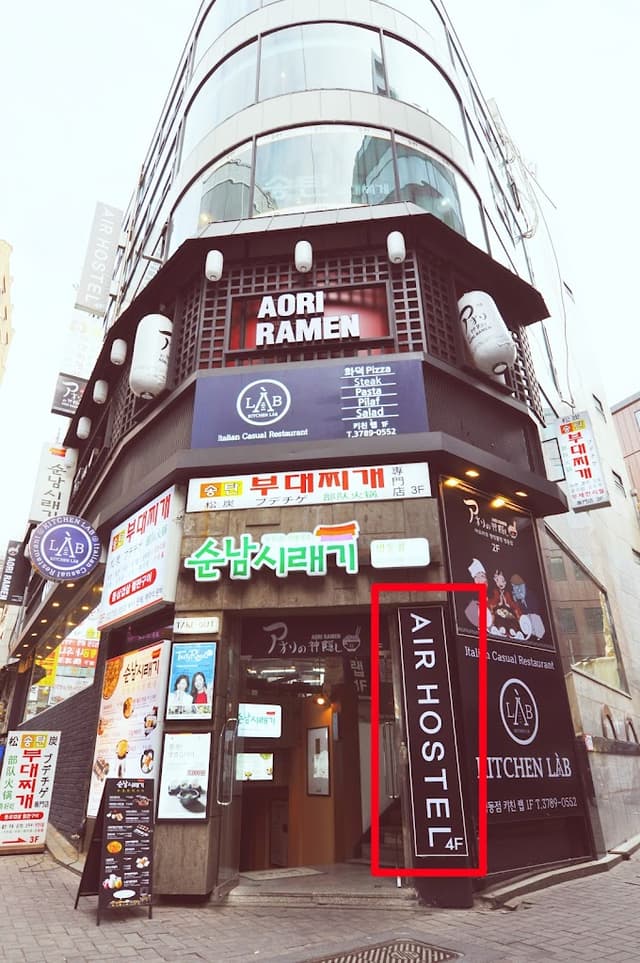
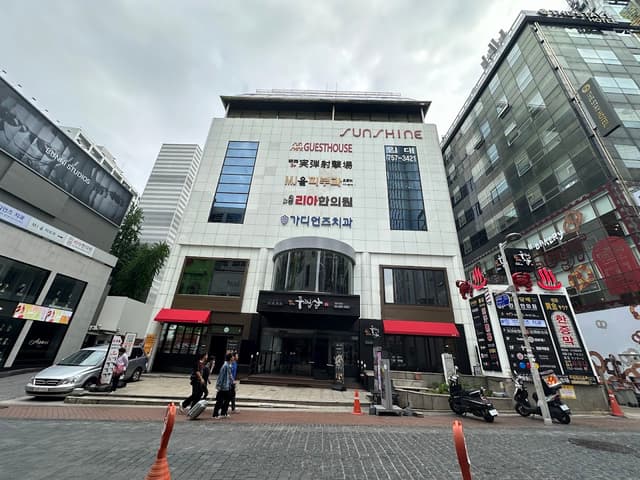
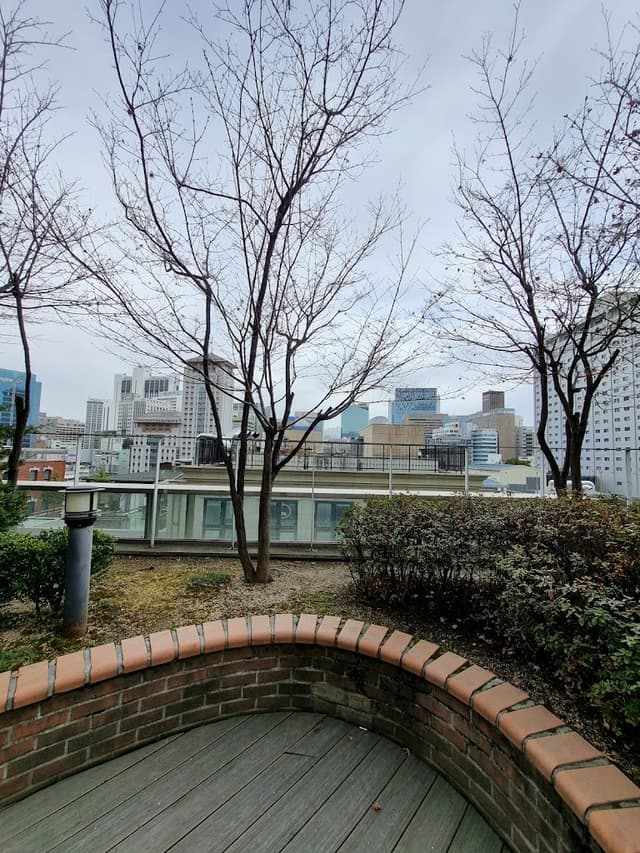
$100 to $200 per night
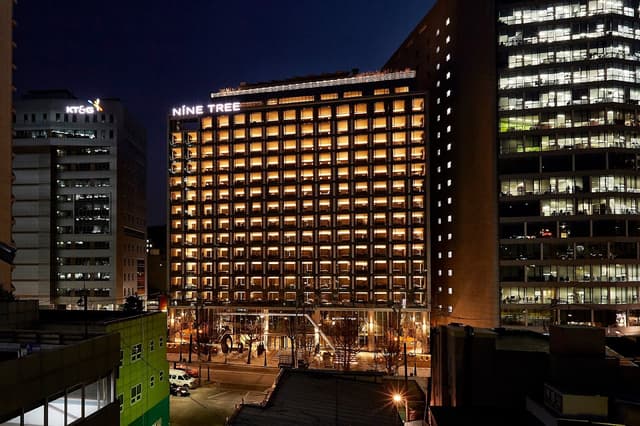

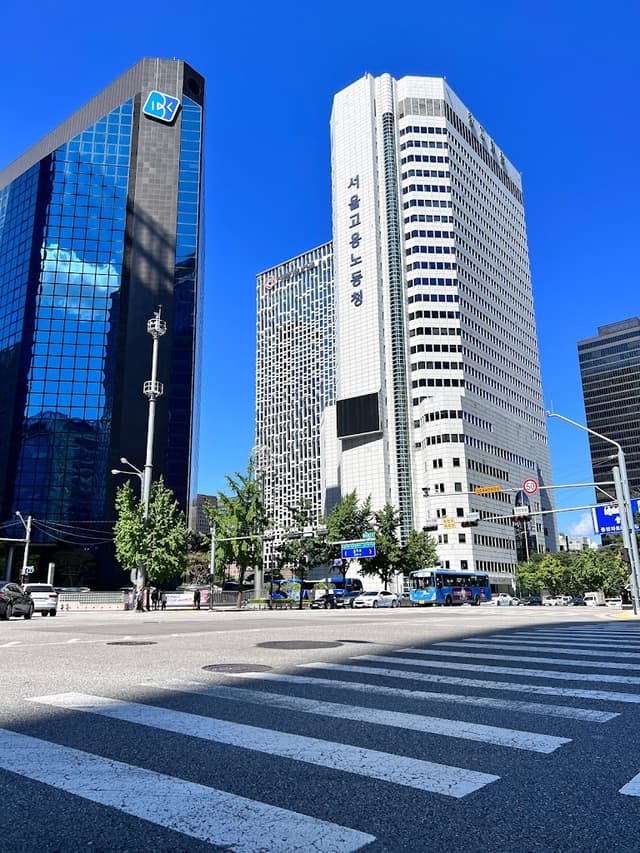
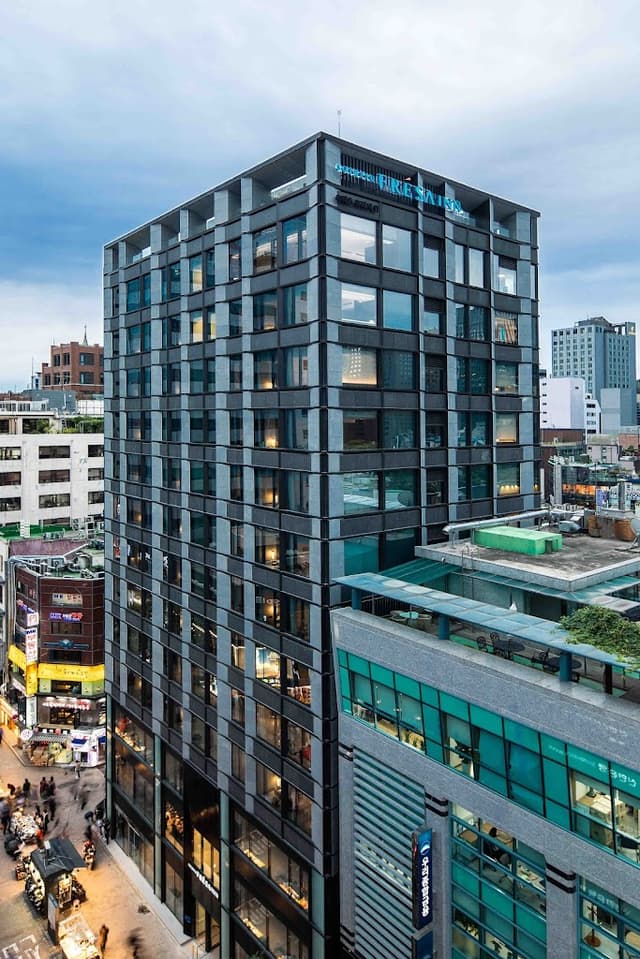
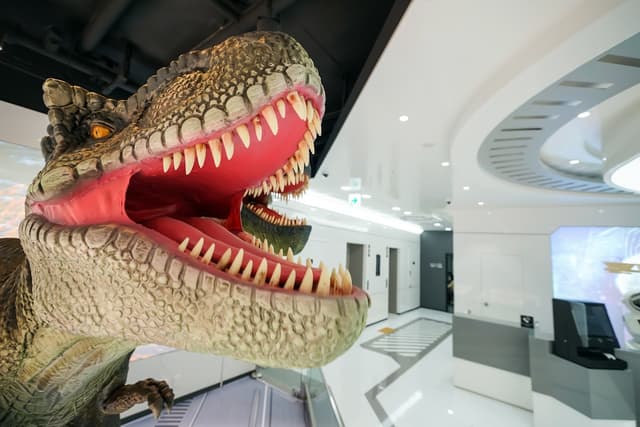
HONGDAE
Less than $50 per night
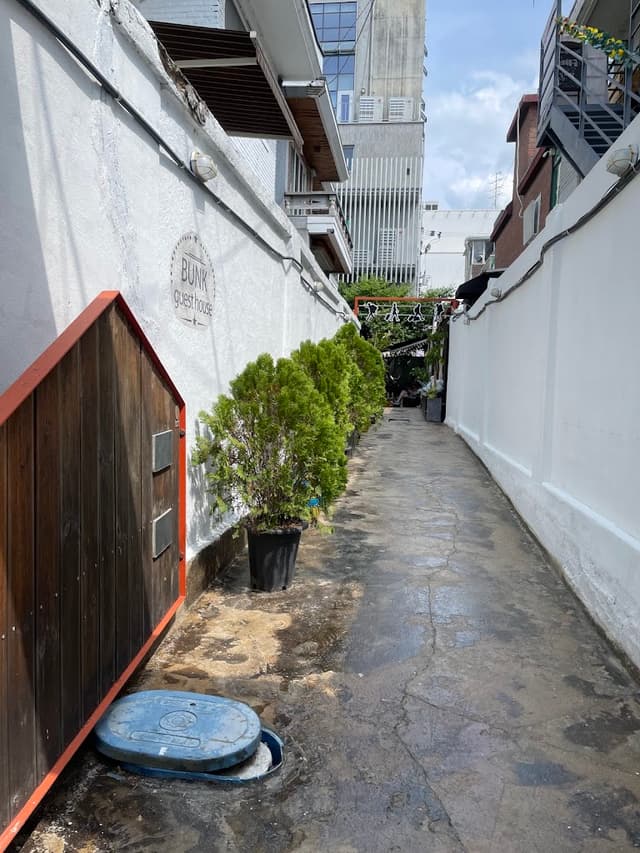

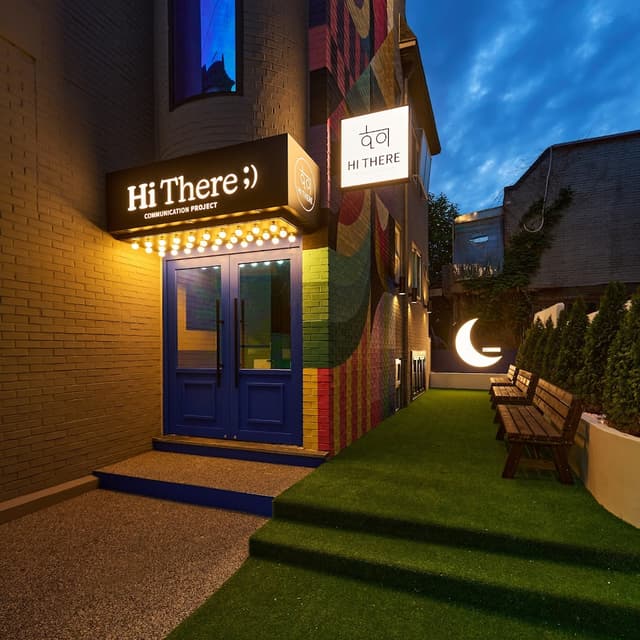
$50 to $100 per night
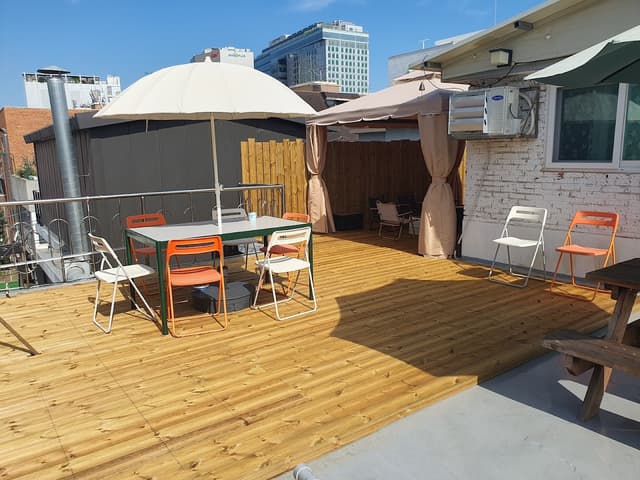
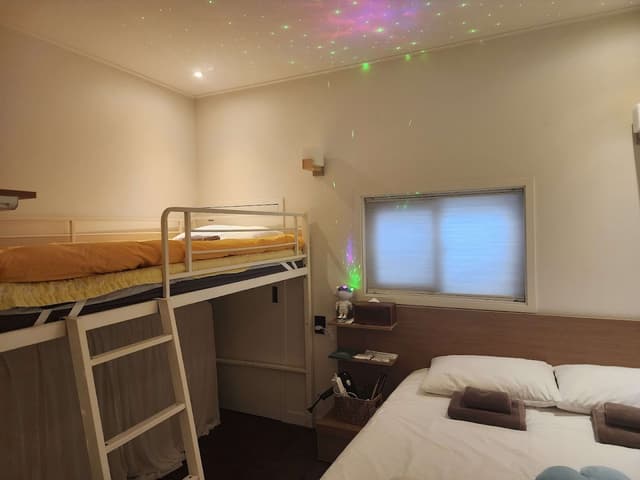
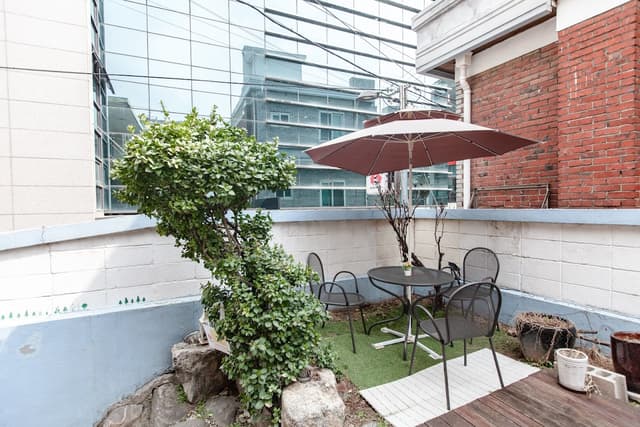
$100 to $200 per night
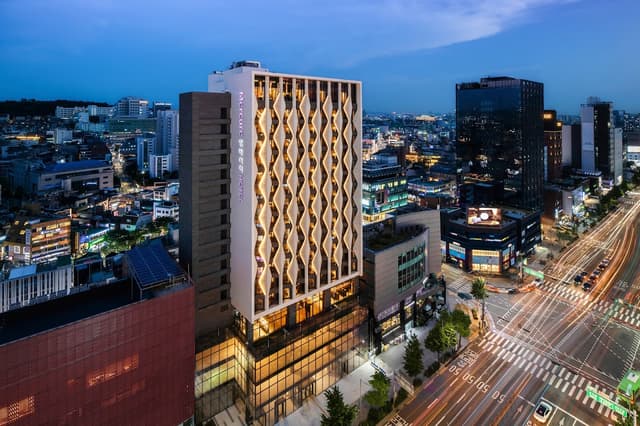

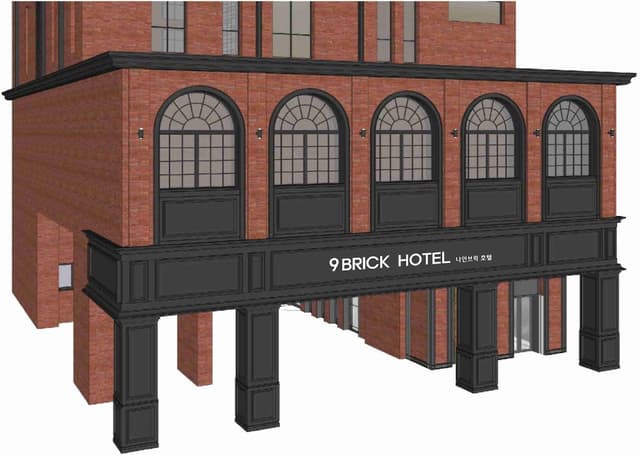
ITAEWON
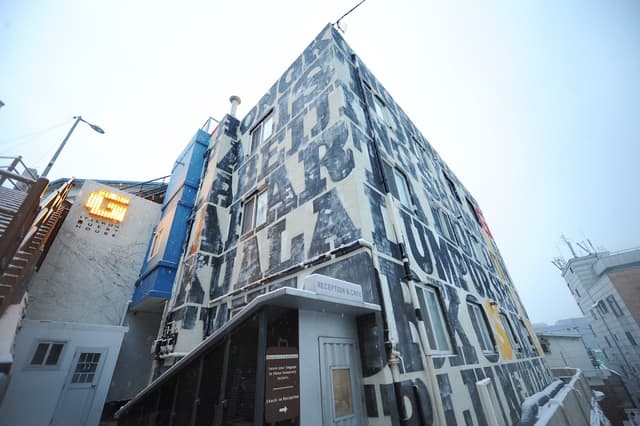

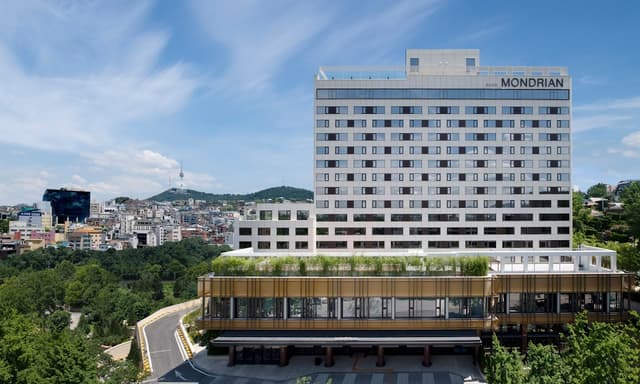
🗣️ Language
When visiting Korea, knowing a few basic phrases in the Korean language can enhance your travel experience. While English is widely spoken in major tourist areas like Myeongdong, Hongdae, Gangnam and Itaewon, having some knowledge of Korean will be incredibly helpful. Here are some essential phrases to get you started:
Hello
Korean: 안녕하세요
Pronunciation: Annyeong haseyo
Usage: A polite way to greet someone.
Thank You
Korean: 감사합니다
Pronunciation:
Usage: Used to express gratitude.
Yes
Korean: 네
Pronunciation: Ne
Usage: Affirmative response.
No
Korean: 아니요
Pronunciation: Aniyo
Usage: Negative response.
How Much is This?
Korean: 이거 얼마예요?
Pronunciation: Igeo eolmayeyo?
Usage: Asking for the price of an item.
Where is the Bathroom?
Korean: 화장실 어디에요?
Pronunciation: Hwajangsil eodiyeyo?
Usage: Asking for the location of the bathroom.
Sorry
Korean: 죄송합니다
Pronunciation: Joesonghamnida
Usage: Apologizing for a mistake or inconvenience.
Learning these phrases will not only help you communicate more effectively but also show respect to the local culture. Enjoy your time in Korea!
💵 Money
Korean Won
When traveling to Korea, it’s essential to familiarize yourself with the local currency. The official currency of Korea is the Korean Won (₩). Here are some quick facts to help you get started:
Coins: ₩10, ₩50, ₩100, ₩500
Banknotes: ₩1,000, ₩5,000, ₩10,000, ₩50,000
When to use Cash or Card?
Deciding between cash and card can be a dilemma when exploring a new destination like Korea. Here are some insights to help you make the right choice:
💼 CONVENIENCE
While card payments are widely accepted, especially in major cities, carrying cash is still essential, particularly for transactions in traditional markets and smaller establishments. Always have both options available to avoid any inconvenience.
🔒 SECURITY
Cards offer security features that cash doesn't, reducing the risk of loss or theft (assuming your bank has tight security measures in place). However, it's advisable to keep an eye on your transactions and report any suspicious activity immediately.
📊 ACCOUNTABILITY
Tracking expenses is easier with card transactions, as most banks offer mobile apps for real-time monitoring. This can be especially helpful for budget travelers looking to manage their spending effectively.
💰 SAVINGS
Exchanging currency at the airport may incur higher fees, so consider alternative locations for better rates. When using your international card, inquire about your bank's forex rate and any promotional offers to maximize savings. Make sure to process your card transaction in Korean won if you'd like your local bank to do the conversion and avail lower fees.
Whether you opt for cash or card, having a combination of both ensures flexibility and peace of mind during your travels in Korea.
📋 Must-Have Items in Korea
👗 Appropriate Clothing
Korea has four distinct seasons. For winter, pack clothes that can handle temperatures as low as -20°C. For summer, be prepared for heat up to 40°C. Pro tip: Don’t pack too much; you can buy clothes there. See my previous reel for this travel hack!
👟 Comfortable Shoes
🔌 Travel Adapter
Korea uses 220 volts at 60 Hertz with two round holes. If you don’t have a multi-voltage travel adapter, borrow or purchase one from your hotel’s front desk. You can also find them at the airport, retail stores, tax-free shops, and convenience stores (see photo below). But I suggest that you buy a universal adapter so you can use it when traveling to other countries.
🔋 Power Bank
💳 Transportation Card
T-Money is Korea’s transportation card for buses, subways, and taxis. It saves the hassle of buying single-journey tickets and offers discounts on transfers. You can buy it at convenience stores like GS25, CU, 7-Eleven, and Ministop. But I suggest that you get your T-Money as soon as you arrive at the airport. You can even book them in advance via Klook to get discounts. It also comes free when you purchase an unlimited data sim like this one:
Another option is to purchase a customizable pre-paid Travel Card - NAMANE CARD. You can also reserve it in advance.
📶 Sim Card or Pocket Wi-Fi
Wi-Fi isn’t available everywhere. In Seoul and large cities, you can find free Wi-Fi in some public areas, but in some places, it's rare. Consider a travel sim card or renting a pocket Wi-Fi. Here are some of your options if you want to conveniently book them online.
UNLIMITED DATA SIM CARD ONLY
UNLIMITED DATA SIM CARD + T-MONEY
POCKET WIFI
Pro Tip: When traveling solo or don't want to bring a pocket WiFi, just get an eSIM if your phone supports it. You can also use your eSIM as soon as your plane lands in Korea. Here are your options:
You may also opt to download the Airalo app and get $3 off your first purchase when you use the code: KOREAF9362
📲 Must-have Mobile Apps in Korea
Transportation Apps
✅ Uber Taxi or Kakao T: Need a taxi? You may use these apps. Create your account in advance while you're in your home country.
✅ KorailTalk: For intercity travel, use KorailTalk. Check train schedules, fares, and available seats. You can book tickets using cards.
✅ Seoul City Bike: Rent bikes in Seoul as an alternative to public transport. The app is in English and suitable for non-Koreans.
Translation App
✅ Papago: Communicate easily despite language barriers. Widely used and helpful, even if translations aren't 100% accurate.
Weather Apps
🌫️ Air Visual Air Quality or Misae Misae: Monitor air quality and get alerts on dangerous levels of fine dust.
Travel Essentials, Tours & Attractions
✅ Thatch: Download Thatch and subscribe to my account for easily accessible travel guides and itineraries with interactive maps and lots of pro travel tips.
✅ Klook: Another app that I highly recommend is Klook. You can book tours, attractions and other travel essentials with discounts all over the world. Get up to 5% off when you use the code: 𝗞𝗢𝗥𝗘𝗔𝗙𝗜𝗟𝗘𝗦𝗞𝗟𝗢𝗢𝗞
🙇 Travel Etiquette in Korea
Though many Koreans understand that foreigners might make minor social mistakes, adhering to basic Korean etiquette can help you make a better impression and foster positive interactions. Here are a few tips to guide you!
General Etiquette
👟 Remove your shoes upon entering any home, temple, or guesthouse.
🙇♂️ Greet others with a slight bow
👐 Use both hands when giving or receiving items.
💸 Tipping isn’t a standard practice in Korea. Some may accept it, while others might decline.
Dining Etiquette
👵 Wait for the eldest at the table to start eating before you begin.
🍚 Do not leave your chopsticks or spoon upright in your rice bowl
Mass Transportation Etiquette
🚉 Refrain from sitting in seats reserved for pregnant women, the elderly, or disabled individuals, even if they are vacant.
🤫 Avoid speaking loudly or talking on the phone while on public transportation like the subway or bus.
🧍♀️Stand on the right side of the escalators if you are not rushing.
Conversation Etiquette
☝️ Avoid pointing at people.
🗣️ Wait for the person to finish speaking before responding
🙏 Always be respectful and enjoy your time!
🚨 Emergency Contact Numbers
🧯Fire and Emergency: 119
👮🏻♂️Police: 112
🚑 Emergency Medical Info Center: 1339
ℹ️ Tourist Info Center: 1330
2. Arrival
🛃 Korea Immigration Clearance
Arrival cards and customs declaration forms are usually distributed on the plane by the flight attendants. However, they are also available on designated tables before passing through quarantine inspection and immigration. Korean nationals and registered foreigners do not need to fill out the arrival card; only unregistered foreigners must do so.
Once you have filled out your arrival card, you need to line up at the quarantine inspection and immigration. At Incheon Airport, there are two options for immigration clearance: the Manned Immigration Clearance Procedure and the Automated Immigration System (Smart Entry Service). The Automated Immigration Clearance procedure is as follows:
1. Scan your passport
2. Enter the auto-gate
3. Scan your registered fingerprint for verification
4. Look at the camera for facial recognition
***2025 UPDATE***
Foreigners entering Korea can fill out their arrival card online up to three days in advance starting Feb 24, 2025. Here are some details of the new e-Arrival card:
👉 When to submit
You can submit the form up to 3 days before your arrival in Korea (KST). If you do not arrive in Korea within 72 hours, your e-Arrival card will no longer be valid
👉 Who must submit
In principle, all foreign nationals entering the Republic of Korea are required to submit the entry declaration form (e-Arrival card). The exemptions are registered residents in Korea (including Permanent Resident Card and Overseas Korean Resident Card holders), valid K-ETA approval holders, airline crew members, etc.
👉Declaration fee
The e-Arrival card service is free of charge.
👉Multiple people submissions
For individual deciarations, you can submit up to 9 people by adding additional travelers. For 10 people or more, please use the group deciarations feature on the website (PC).
👉 e-Arrival card website
👉 Things to prepare
Valid passport, flight (ship) number for entry and departure, address of place of residence (accommodation), e-mail
Process
✅ Agree to Terms and Conditions
Check to agree to the Terms and Conditions for personal data collection and use. For those 14. a family momber oranothererson must aubmit the declaration on their behalf
✅ Input passport information
Take a photo or upload an Image file of your passport bio page.Enter travel details You need to fill in information such as the ontry information (date of arrival, flight number, etc), departure information (expected date of departure, flight number, etc), purpose of entry, place of residence andcontactinformation.
✅ Submit declaration form
Please check your information before submitting. You will be oble to download the card you submitted in PDF format or take a screenshot of it from the website.
🛜 WiFi/Internet
If you have already pre-booked your sim card/eSIM/pocket WiFi, T-Money/Namane Card via Klook (see Must-Have Items section for the links), you can conveniently claim them as soon as you exit the arrival gate.
🔁 Currency Exchange in Korea
✈️ Airport
Airports in Korea have money exchange counters and bank branches where you can do this. Operating hours vary by branch, typically from 6:00 AM to 9:00 PM, but some may stay open until 10:00 PM or midnight. This is a convenient option, though the exchange rate might be higher.
🏧 Global ATMs
✔️Ensure your account balance is sufficient to cover the withdrawal amount plus fees.
✔️Check if your local bank or card provider has withdrawal limits.
💰 Money Changers
💡Pro Tips:
✅️ Estimate how much cash you'll need. Add a buffer and withdraw that amount from an ATM at the airport. It's more convenient and incurs minimal fees. I also do this whenever I visit other countries aside from Korea.
✅️ If you don't have a card, exchange a small amount at the airport to buy and load your transportation card, then exchange the rest at Myeongdong for better rates.
✅️ Use cards for high-ticket items and stores that accept them to save cash for places that don’t accept them.
✅️ Always have enough cash to reload your transportation card.
🛄 Luggage Services in Korea
If you will have a lot of luggages and find it difficult to hand carry them from Incheon airport to your hotel in Seoul, you can avail the Luggage Services of TRIPEASY. You can conveniently book this via Klook too.
Luggage Storage
Arriving earlier than your hotel check-in time can be a hassle if you have your travel bags and want to maximize your day for sightseeing. If you want to ditch your bags, here are some handy luggage storage options:
1️⃣ AIRPORTS
Incheon and Gimpo airports offer 24/7 luggage storage services. Perfect for layovers or early arrivals!
2️⃣ TRAIN & SUBWAY STATIONS
Many train and subway stations have lockers, so you can securely stow your bags while you explore nearby attractions.
3️⃣ ACCOMMODATION
Most accommodations in Korea will hold your luggage before check-in or after check-out. Just ask the property before your arrival or inquire from the front desk. Personally, this is my go-to luggage storage option unless, my first stop and/or last stop for my trip is far from my accommodation. Then store my things on coin lockers located on the subway station that I will take to go to the airport.
4️⃣ LUGGAGE STORAGE SERVICES
Companies like Radical Storage, Jumbo Baggage, LuggAgent, and N Baggage offer convenient luggage storage around Seoul.
3. Getting Around Korea
🚅 Getting to Seoul from Incheon International Airport (ICN)
Here are you options:
1️⃣ AREX EXPRESS TRAIN
2️⃣ AREX ALL STOP TRAIN
Looking for a budget-friendly option? The AREX All Stop Train is your go-to. For about ₩4,140~₩4,750, you can reach Seoul in about an hour, making stops at 11 subway stations including Gongdeok and Hongik University Station. It’s ideal for those exploring various parts of Seoul or traveling between Incheon and Gimpo Airports. Use a T-money card for easy access & seamless travel on the All Stop Train. It’s convenient and saves time!
Note: No reserved seating or free Wi-Fi, and finding a seat can be tricky during rush hours.
3️⃣ K AIRPORT LIMOUSINE BUS
A great and affordable way to get to Seoul is by the airport bus. It offers comfy seats, ample luggage space, and scenic views. The journey from Incheon Airport to Seoul takes about 60 to 90 minutes. Multiple routes are available, with stops at specific hotels for added convenience. You can also book this via online.
4️⃣ PRIVATE AIRPORT TRANSFERS
For a luxurious, door-to-door service between your accommodation and Incheon Airport, consider a private transfer. No queuing or waiting—just book your pickup on Klook and wait for your ride. Enjoy the comfort and privacy of a private transfer, perfect for larger groups or travelers with lots of luggage. Choose from various car options like the Hyundai Genesis for smaller parties or a van/bus for bigger groups. Expect travel time to be around 60-90 minutes, depending on traffic. Reserve your seats online via Klook.
5️⃣ TAXIS
A taxi ride from Incheon Airport to your hotel in Seoul takes about an hour or less. Taxis are available 24/7, making them a great option if you arrive late at night. Standard taxis are cheaper, while deluxe taxis offer more space but at a higher fare. You can find the taxi stand at the Arrivals Hall (F1) in both terminals.
*These are also your options when traveling back to the airport from your hotel
🚍 Using Public Transportation
1️⃣ SUBWAY
2️⃣ BUS
Exploring cities by bus gives you a scenic view of Korea’s streets and neighborhoods.
Boarding & Payment: ️ Enter through the front door, pay, & exit through the rear door.️ Use a transportation card (T-Money, NAMANE Card, Climate Card) for discounts & free transfers.️
Getting Off: Press the red bell button before your stop (don't be shy).
Night Buses: Operate in Seoul after regular hours, marked with an “N”.
Free Transfers:️ Use a Transportation Card for free transfers between buses & subways.️ Free transfers are available up to four times (five rides).️ Tap your card when boarding & exiting the bus.️ Transfers must occur within 30 minutes (7:00 AM to 8:00 PM) or 1 hour (8:00 PM to 7:00 AM the next day).
Bus Colors & Routes:
🟦 Connect different districts along main routes
🟩 Link subway stations & residential areas. Smaller green buses are for shorter routes within districts
🟨 Circulate in the city center
🟥 Connect the city with surrounding areas
✨ Helpful Tips:️
✅ Major stops are announced in English & Korean.️
✅ If your hotel is nearer a bus stop compared to a subway exit, use the free bus transfer.
3️⃣ TAXI
Taxis are a convenient option for traveling around Korea, especially if you’re arriving late at night. Available 24/7, you can choose between standard taxis with cheaper base fares or deluxe taxis for more space and comfort. Find taxi stands at major locations like airports and train stations, and ensure you have your destination address written in Korean for smoother communication. You can also use Uber and Kakao T to book a taxi.
📍Best Day Trips Outside of Seoul
Here are some of my best recommended day trips outside of Seoul:
Traveling to Provinces and Cities Outside of Seoul Without a Car
🚆 BY TRAIN
Hop on the efficient and swift train network that connects major cities and rural areas alike. The KTX offers high-speed travel, perfect for zipping between Seoul & destinations like Busan. If you prefer a more leisurely pace (thus, slower) and want to explore smaller towns, opt for either ITX-Saemaeul or Mugunghwa trains, which stop at various locations. You can book your tickets at www.letskorail.com.
Consider purchasing a KR Pass for unli travel over several days, available on platforms like Klook. Use my Klook promo code for discounts!
🚍 BY BUS
Bus is ideal for reaching even the most remote corners of Korea. Express Buses are for longer distances while Intercity Buses are for shorter hops within provinces. Seoul's major terminals like the Express Bus Terminal and DongSeoul Terminal offer routes to regions across the country. To ensure a seamless journey, book your tickets in advance at the bus terminals.
Bookings can also be made thru apps like Express Bus T-Money and Intercity Bus T-Money, especially during peak travel seasons, but it requires Korean mobile number and ARC.
Buses are also cheaper compared to trains so it's a good alternative if you're not in a hurry. For example, an economy KTX to Busan costs ₩59,900 (2.5hrs) vs ₩26,700 when taking a bus (4hrs)
In some areas, taking an intercity bus is better than taking KTX. For example, if you are traveling from Haeundae, Busan to Gyeongju (near tomb complex) or vice versa, bus is faster and a little bit cheaper.
✈️ BY PLANE
For quicker trips, consider domestic flights from Gimpo Airport or Incheon Airport. Major cities are well-connected through domestic airports, offering convenient & affordable flights. Plan ahead to snag budget-friendly fares. You can even get a round-trip flight from Seoul to Jeju for only ₩45,000 if you book in advance.
🚘 BY CAR RENTAL
If you don't own a car in Korea but you can confidently drive, then you have an option to rent car. Just make sure that you have an internationally-recognized driver's license. You can also book it via Klook on a discounted rate using KOREAFILESKLOOK discount code!
4. Food
🍜 Must-Try Foods in Korea
☑ KIMCHI/KIMCHI STEW (김치 / 김치찌개)
Kimchi, Korea's iconic fermented vegetable dish, is a spicy and tangy staple often enjoyed in kimchi stew, a comforting soup.
☑ FRIED CHICKEN (후라이드 치킨)
Korean fried chicken, known for its crispy texture and savory flavors, comes in various styles from spicy to soy garlic.
☑ SAMGYEOPSAL (삼겹살)
Thick slices of pork belly grilled at the table, typically served with lettuce wraps and various condiments.
☑ TTEOKBOKKI (떡볶이)
Chewy rice cakes cooked in a spicy, sweet red chili sauce, often accompanied by fish cakes.
☑ BULGOGI (불고기)
Thinly sliced marinated beef grilled or stir-fried, offering a sweet and savory taste.
☑ BIBIMBAP (비빔밥)
Colorful mixed rice dish topped with various vegetables, meat, a fried egg, and spicy gochujang sauce.
☑ NAENGMYEON (냉면)
Cold noodle dish served in a tangy broth, usually with thin slices of beef or pork and topped with vegetables.
☑ BUNGEOPPANG (붕어빵)
Fish-shaped pastries filled with sweet red bean paste, popular as a street snack during winter.
☑ GYERANPPANG (계란빵)
Fluffy egg bread muffins often found at bakeries, featuring a savory egg custard filling.
☑ EOMUK (어묵)
Fish cakes commonly served on skewers in a warm broth, a popular street food with a mild seafood flavor.
☑ MANDU (만두)
Korean dumplings filled with meat, tofu, and vegetables, either steamed, boiled, or fried.
☑ HOTTEOK (호떡)
Sweet Korean pancakes filled with brown sugar, honey, cinnamon, and nuts, enjoyed hot off the griddle.
☑ DAKGALBI (닭갈비)
Spicy stir-fried marinated chicken with vegetables, often served with rice or wrapped in lettuce leaves.
☑ SAMGYETANG (삼계탕)
Nutritious chicken soup simmered with ginseng, garlic, jujube, and sticky rice, traditionally eaten in summer for its health benefits.
☑ BUDDAE JJIGAE (부대찌개)
Hearty dish created after the Korean War, combining instant noodles, spam, sausages, kimchi, and other ingredients.
☑ PAJEON (파전)
Savory green onion pancakes fried until crispy and served with a dipping sauce, popular as a snack or appetizer.
☑ JAPCHAE (잡채)
Stir-fried glass noodles made from sweet potato starch, mixed with vegetables and sometimes beef, seasoned with soy sauce and sesame oil.
☑ GALBIJJIM (갈비찜)
Braised beef short rib dish cooked with soy sauce, garlic, and sugar until tender and flavorful.
♨️ Non-Spicy Food in Korea
If you are like me who can't really eat spicy foods, here is a list of non-spicy Korean foods that you can eat:
🥗 Vegetarian Food in Korea
Some Food Recommendations
✅ TEMPLE FOOD (사찰음식)
Traditionally eaten by Buddhist monks, it's completely meat-free and known for its health benefits. Many temple food restaurants are now popular among vegetarians.
✅ BIBIMBAP (비빔밥)
Mixed vegetables and rice with spicy gochujang or soy sauce. Request to omit meat and eggs.
✅ GIMBAP (김밥)
Rice rolls with various fillings. Opt for basic vegetable gimbap ("yachae gimbap"), but check for non-vegetarian ingredients like ham or crab.
✅ KONGGUKSU (콩국수)
Cold soybean broth with noodles, perfect for summer. Watch out for eggs as a garnish.
✅ CHAESO JEON (채소전)
Vegetable pancake made with sliced vegetables. Confirm eggs aren't in the batter.
✅ MUK (묵)
Jelly made from starch like acorn or buckwheat. Served as a salad or with a dipping sauce.
Finding Vegetarian Restaurants
5. Shopping
Shopping in Seoul promises an exhilarating experience, whether you're after trendy fashion, K-pop goodies, or local gems. Explore these indoor and outdoor shopping havens for a true taste of Seoul's vibrant retail scene.
🛒 Indoor Shopping Places in Korea

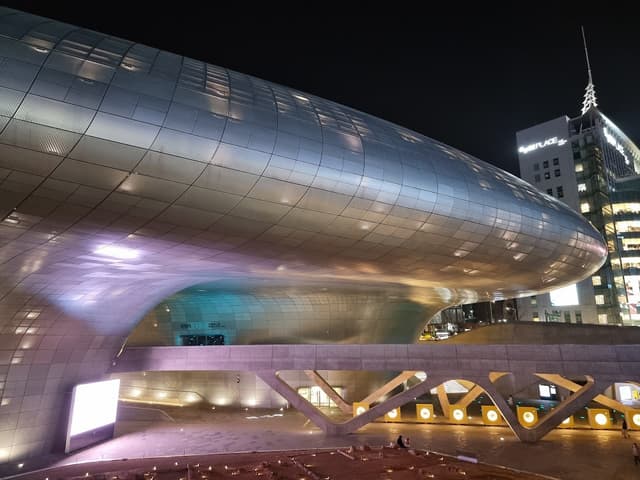
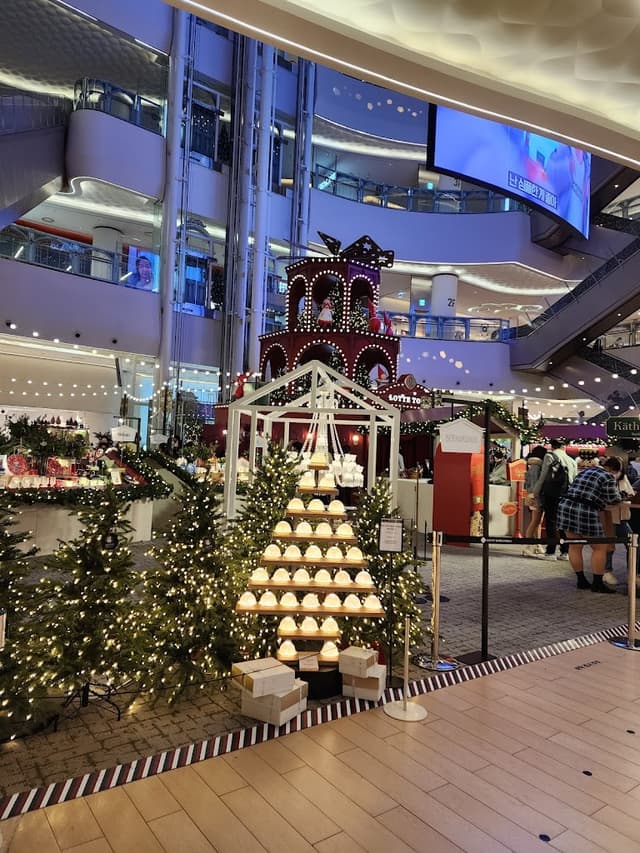
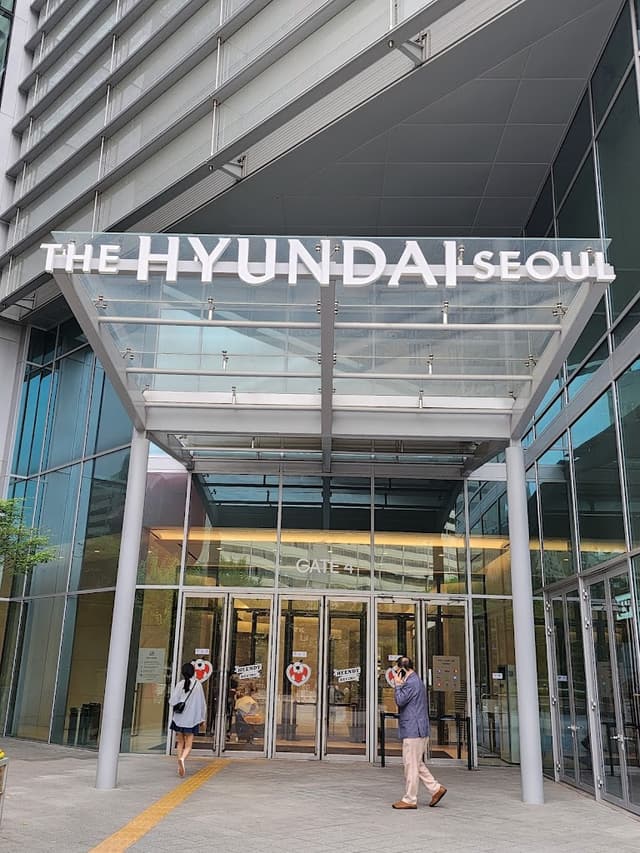
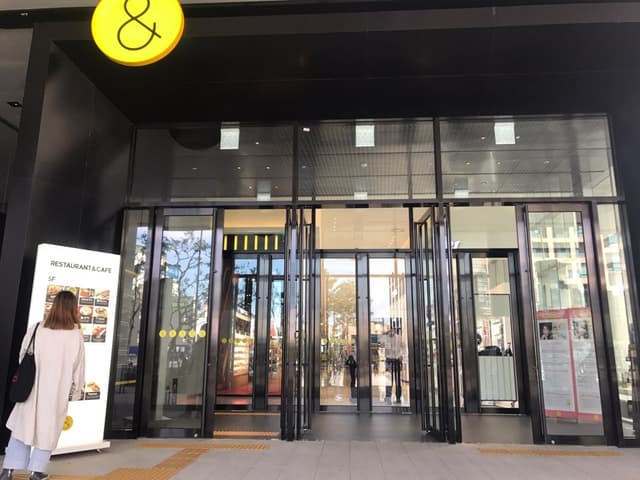

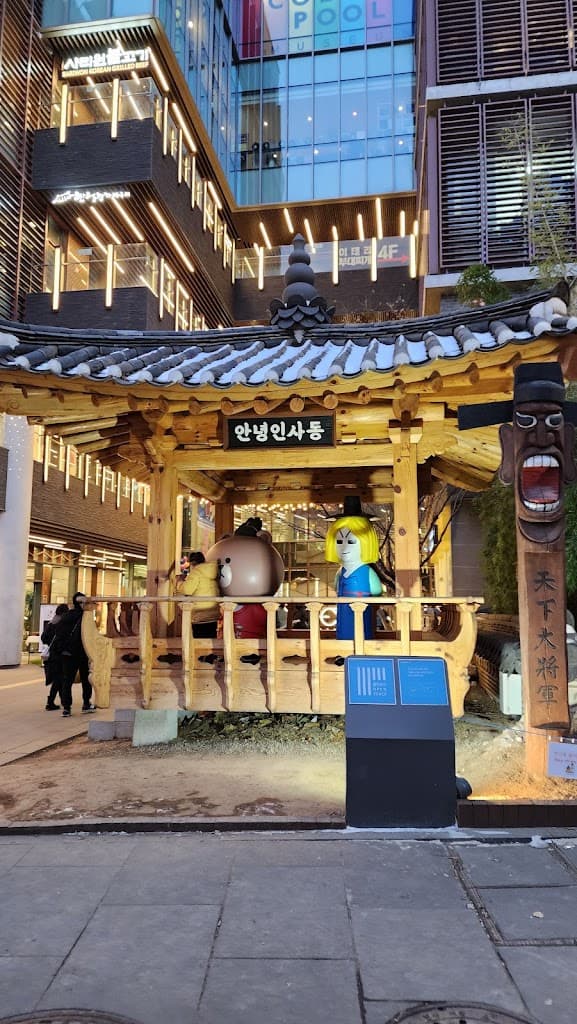
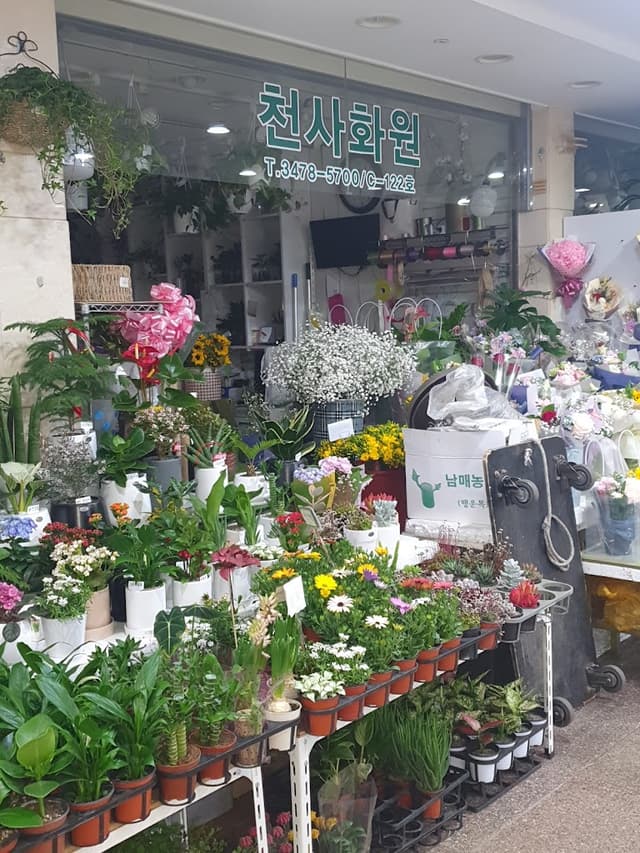
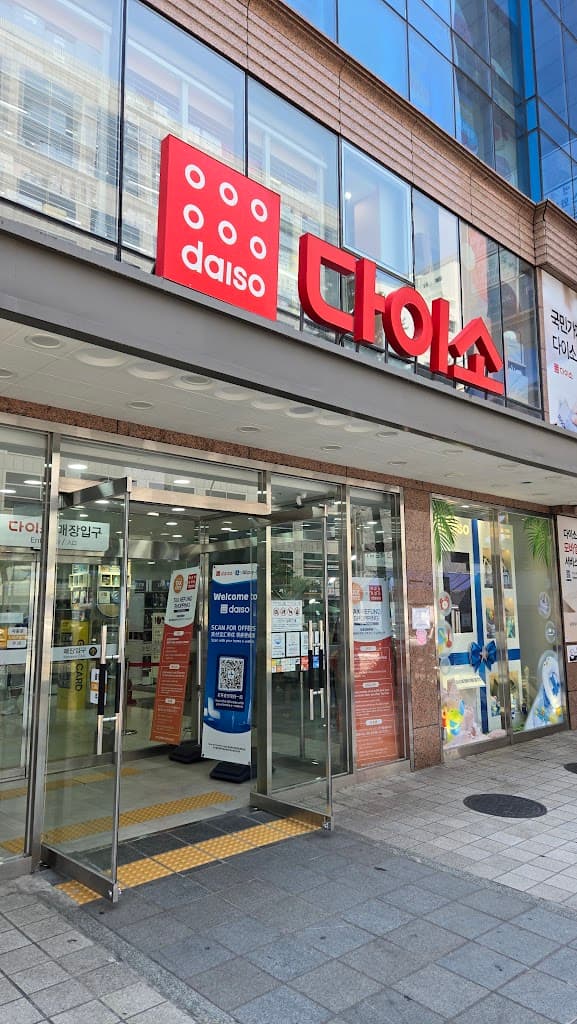
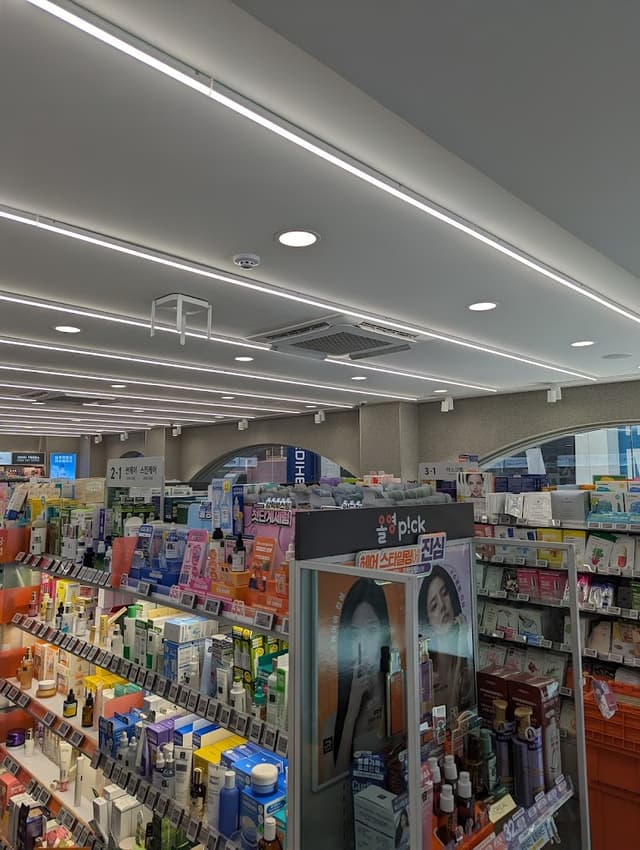
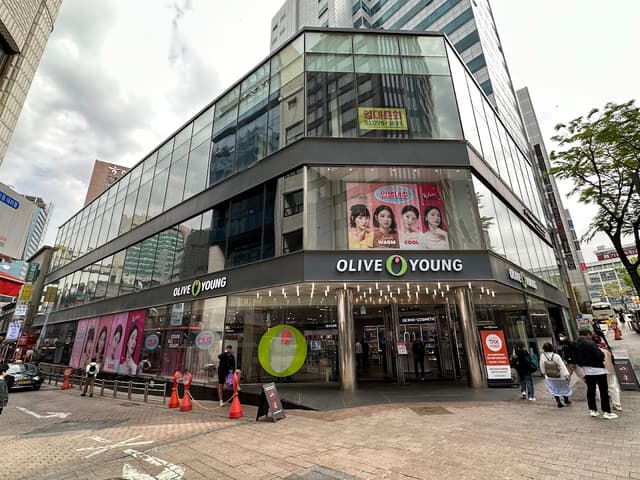
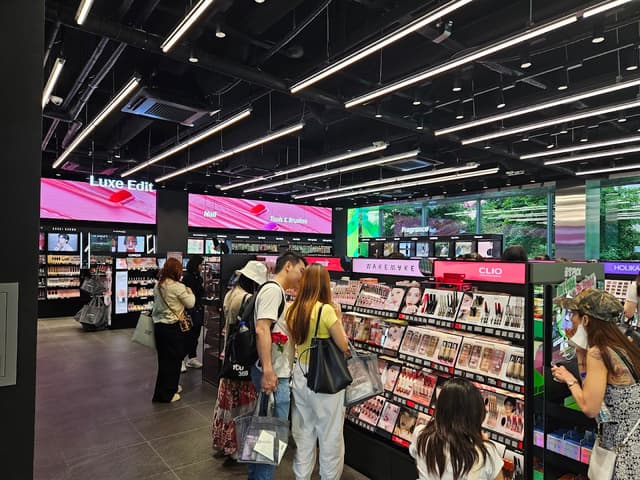
🛍️ Outdoor Shopping Places in Korea

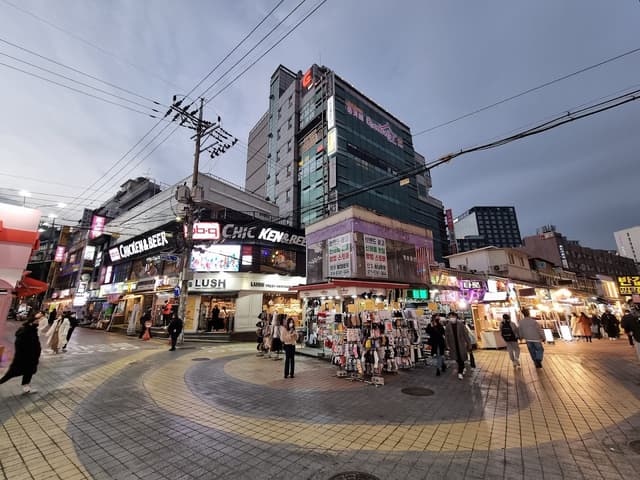
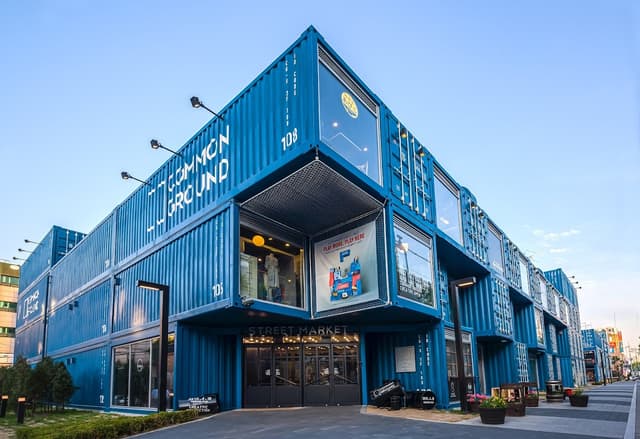

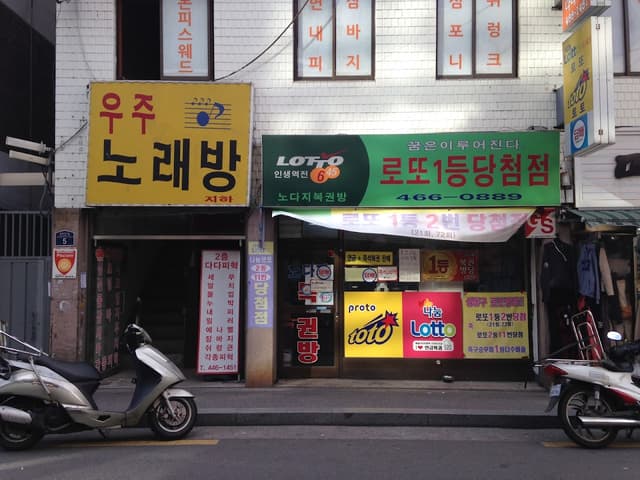
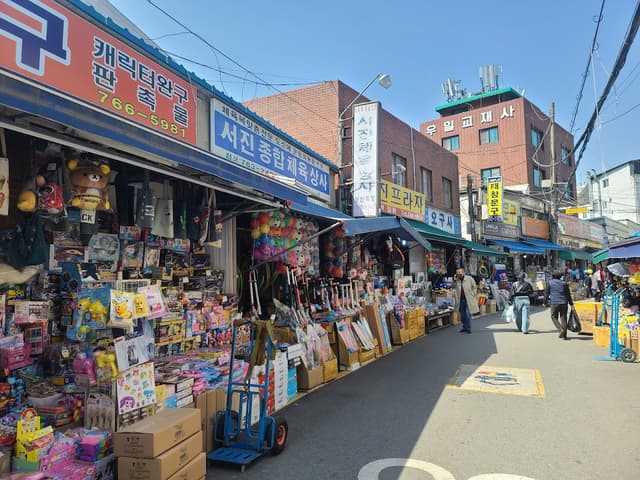
🎁 Must-Buy Souvenir & Other Goods in Korea
☑ Cosmetics and Skincare Products
☑ Cholocate Snacks: Choco Pie, Binch, Pepero, Crown Choco Heim
☑ Honey Butter Chips and Honey Butter Almond
☑ Ramyeon: Shin (신), Jin (진), Samyang (삼양) Ramen
☑ Nongshim Bulgogi Fried Noodle
☑ Banana Milk
☑ Honey Citron Tea
☑ Souvenir Socks
☑ Daiso Novelty Items
💽 Kpop and Kdrama Merch Shopping Places in Korea
For Kpop and Kdrama OST albums and merch, you can buy them from these stores:
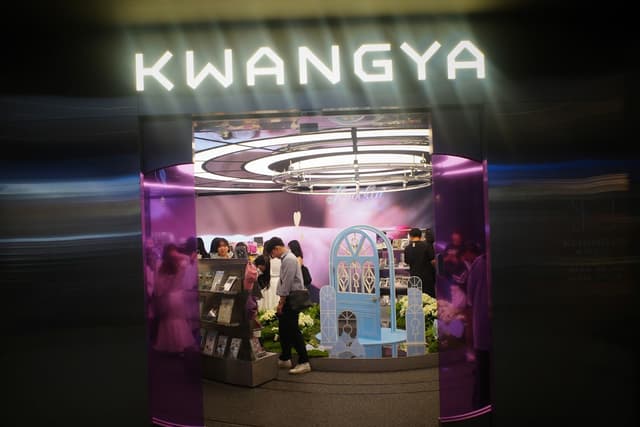
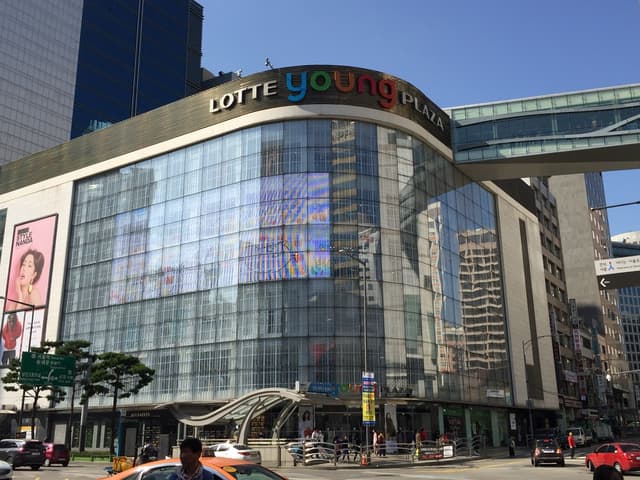
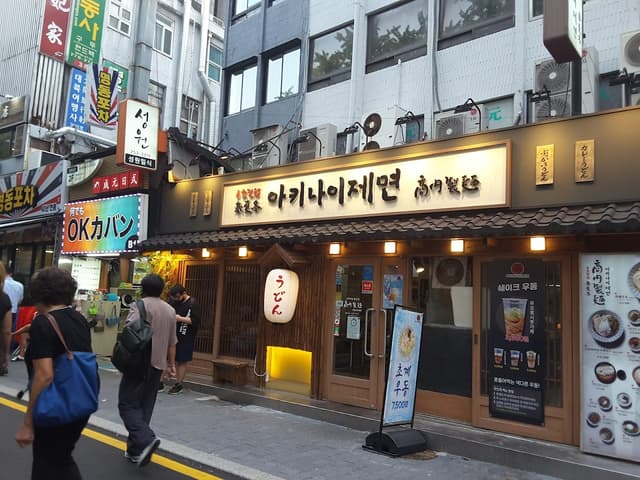
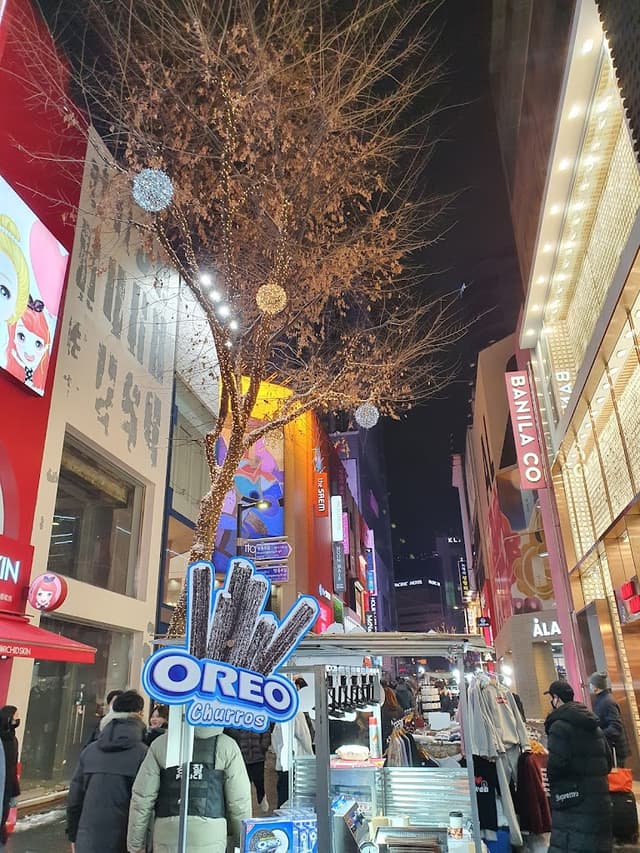
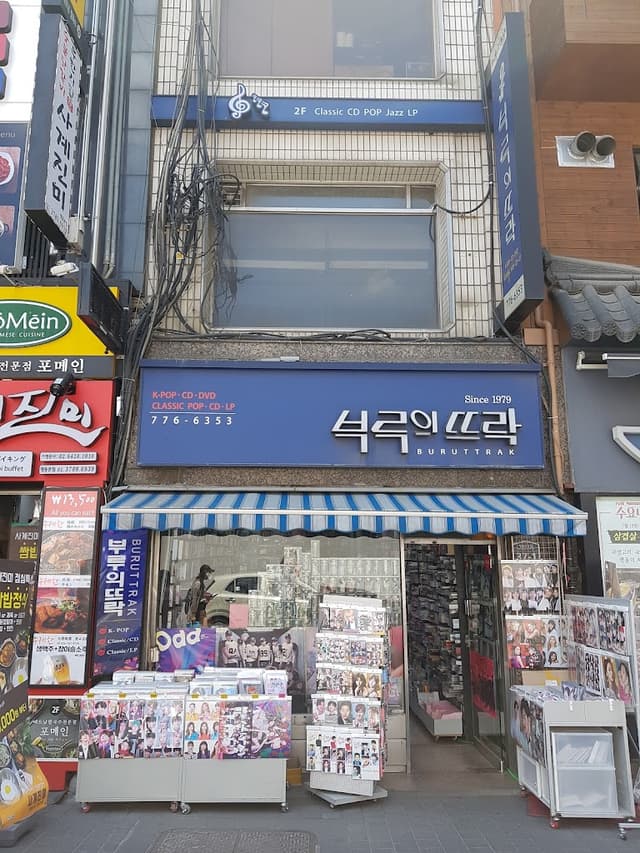
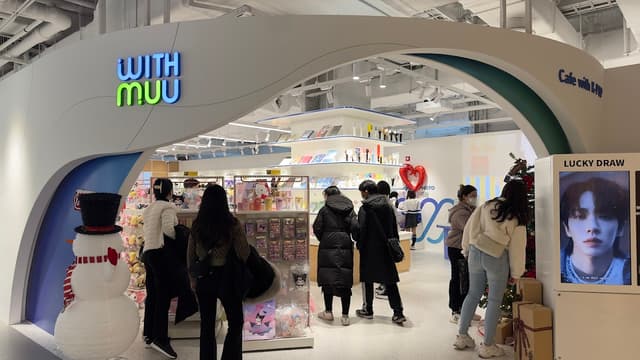

6. Top FREE Places to Visit
If you are a budget traveler, you will surely love exploring attractions in Korea as there are a lot of places to visit with NO entrance fees! Here are some examples in Seoul:
7. Other Experiences
Do you want to make your first trip to Korea more memorable? Then try these activities and get up to 5% off (max of 5x use) when you use the discount code: KOREAFILESKLOOK on Klook!
🇰🇷 Wearing Hanbok
👔 Wearing Gyobok (school uniform)
💎 Korean Alphabet Jewelry Making
🍵 Korean Tea Culture Course
🎨 Personal Color Analysis
🛳️ Han River Cruise with Buffet
🧖♀️ Jimjjilbang (sauna)/Spa
⚾ Watching Baseball Game
💄 Beauty Makeover
👩🏻🍳 Cooking Class
🍻 Pub Crawl
💃 Kpop Dance Class
Hallyu Experience: Meeting Celebrities in Korea
8. Departure
🔄 Tax Refund
Korea’s Tax Free System includes "Duty Free" and "Tax Refund" options. Duty free shops sell items without applying Value Added Tax (VAT) or Individual Consumption Tax. They are located in airports and downtown areas by major department stores like Lotte, Shilla, and Shinsegae. Tax refunds allow shoppers to buy items with tax included and claim a refund before leaving the country. Tourists can get an immediate refund at certified stores since January 1, 2016, expanding from department stores to smaller shops and convenience stores.
How to Claim a Tax Refund
To claim a refund, items must be new, unused, and cost over 15,000 won. Departure must occur within three months of purchase.
✅ RECEIVE VAT REFUND RECEIPTS
Ensure the store displays "Tax Refund" and the receipt notes this.
✅ CLAIM AT AIRPORTS
Submit receipts at designated counters. Refunds are processed to international credit cards or digital wallets like Alipay and WeChat Pay within 1-2 months.
✅ CUSTOMS APPROVAL
Get a Customs Export Approval stamp on receipts before checking in luggage.
✅ RECEIVE REFUND
Claim cash in Duty Free Zones post-security or at downtown booths.
Main refund locations at Incheon International Airport
🔹 TAX REFUND COUNTERS
Terminal 1: 3F Duty Free Zone near Gate 28
Terminal 2: 3F Check-in counters D & E / 3F Duty Free Zone near Gate 253
🔹 TAX REFUND KIOSK MACHINES
Terminal 1: 3F Concourse near the central pharmacy / 3F Duty Free Zone near Gate 28
Terminal 2: 3F Duty Free Zone near Gates 250 & 253
*As locations may change, travelers are advised to check the locations upon arrival at the airport.
🛄 Luggage Services
If you will have a lot of luggages and find it difficult to hand carry them from your hotel to Incheon airport, you can again avail the Luggage Services of TRIPEASY via Klook
Notes:
✅ All information are updated as of August 2024 and I will try to update this as needed. But you may still verify some information from official Korea tourism websites.
✅ This detailed beginner's guide to Korea will always be for FREE! But you can support me and my work by:
1️⃣ Booking through my affiliate links: Hotels via Booking.com and Travel Essentials via Klook. I may earn a commission at no additional cost to you if you book through these links. You can also use my Klook discount code for Klook activities in other countries.
2️⃣ Leaving a tip (scroll down).
3️⃣ Availing any of paid products and services that I offer:
4️⃣ Subscribing to my Thatch account, sharing my travel itineraries and guides here in Thatch or your social media/travel group chats. You can also message, tag or or mention @koreafiles on Instagram if you get to use any of my contents here.
The home for unique & authentic travel

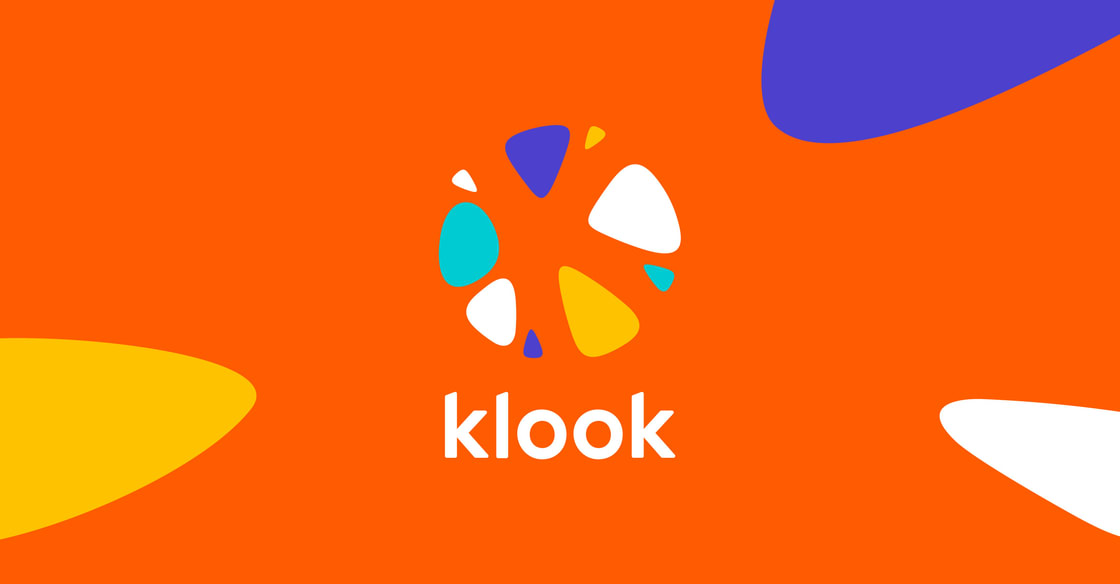


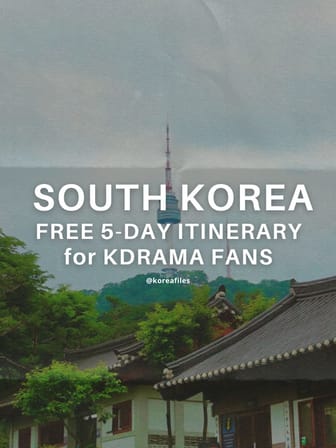
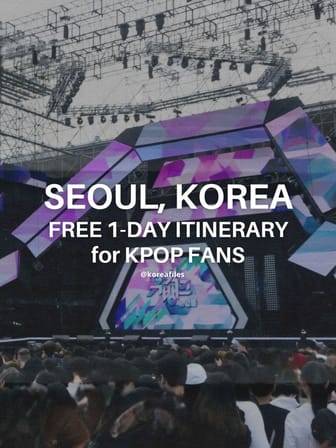
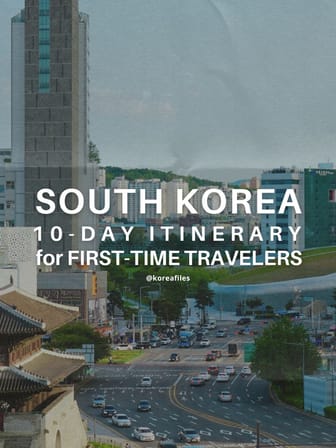
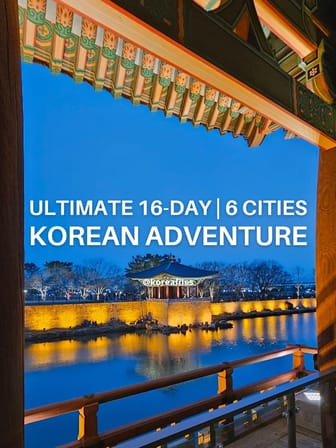
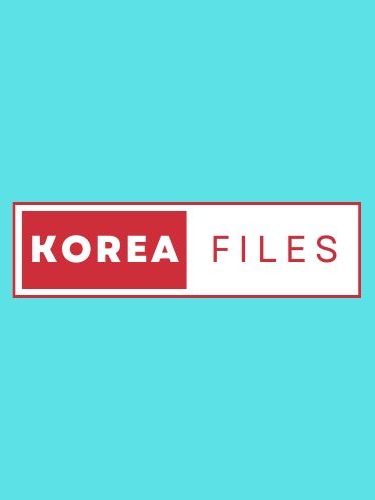

.jpg)
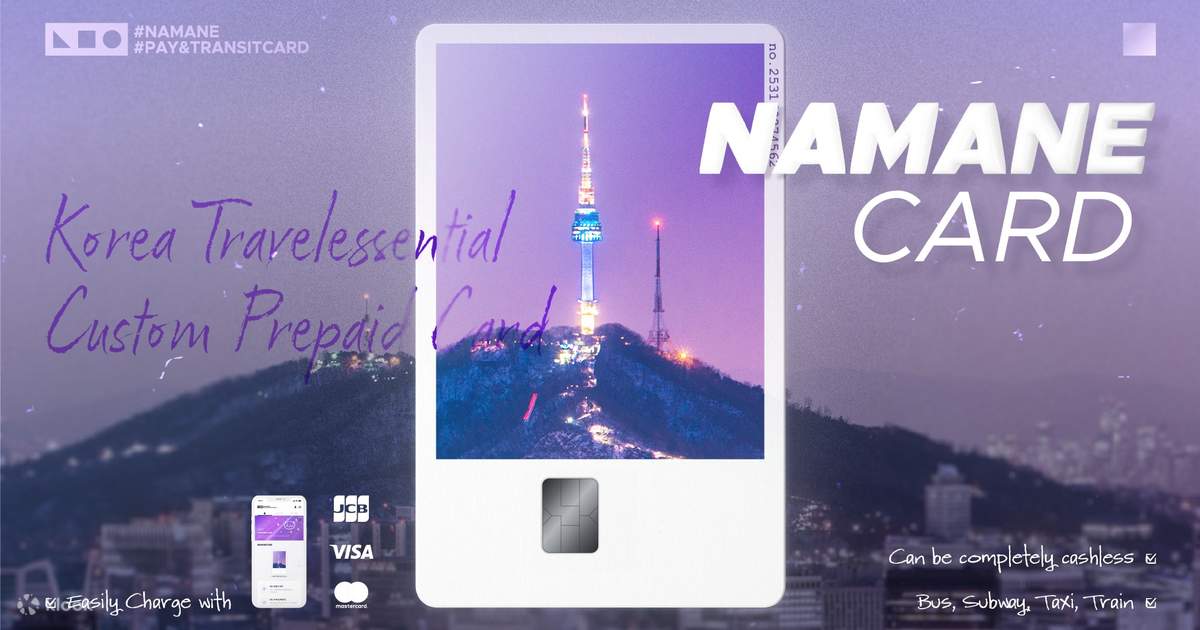
.jpg)
%20for%20South%20Korea%20from%20KT%20Olleh.jpg)
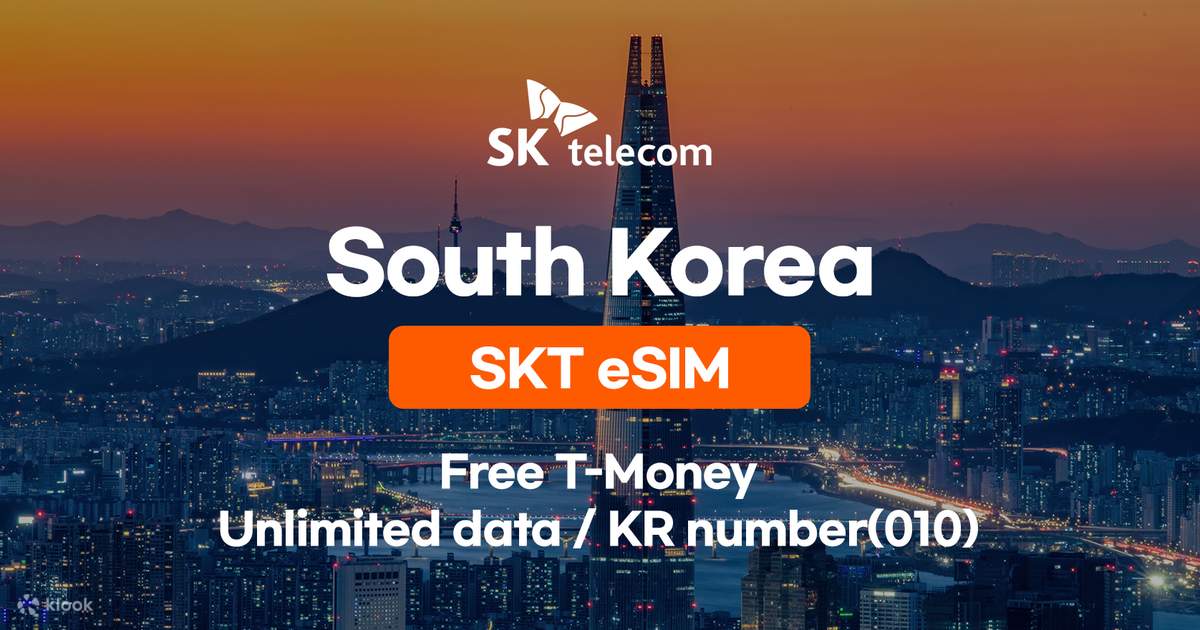










%20Luggage%20Services.jpg)


%20for%20Seoul%20by%20LANE4%20.jpg)
